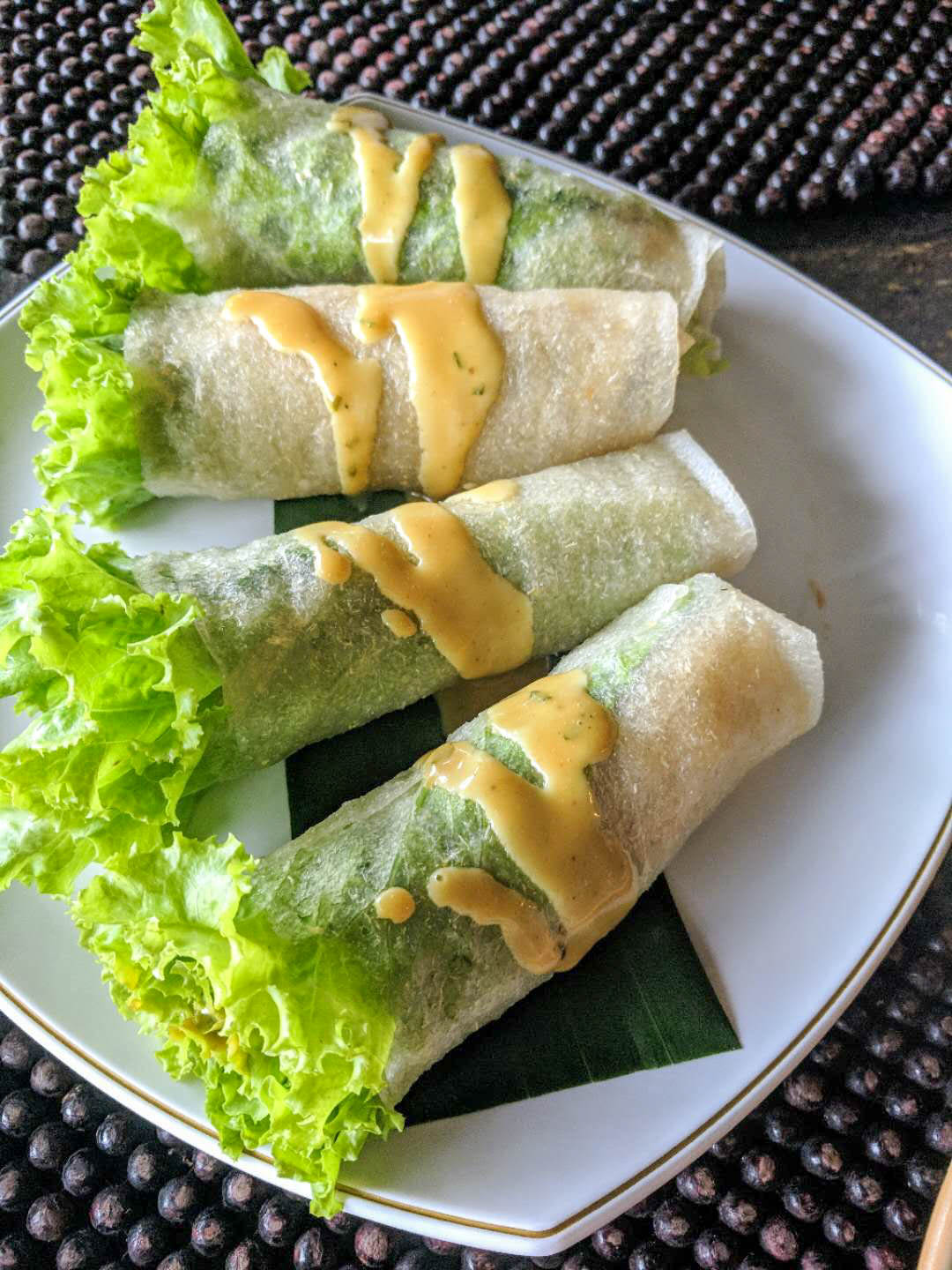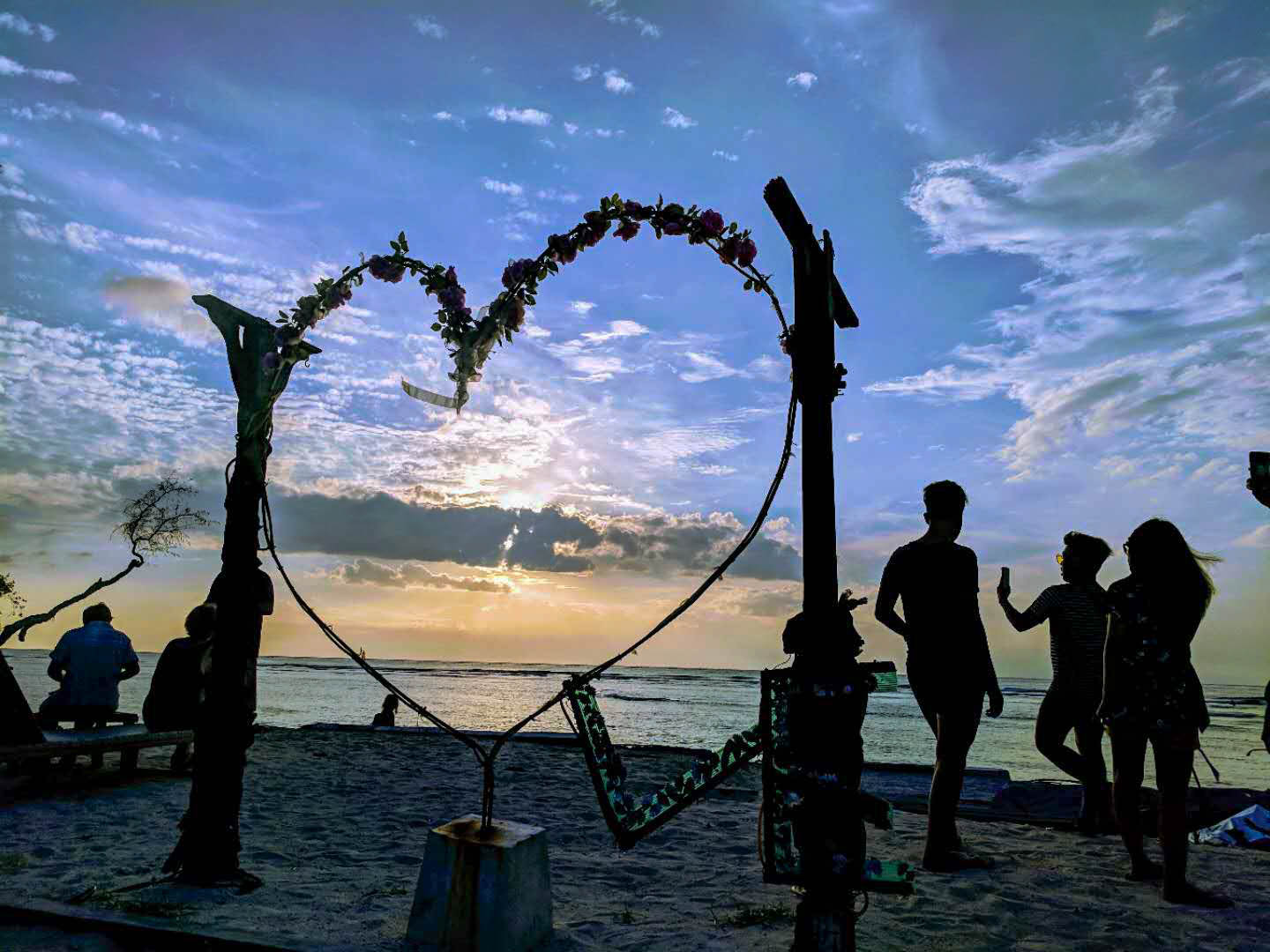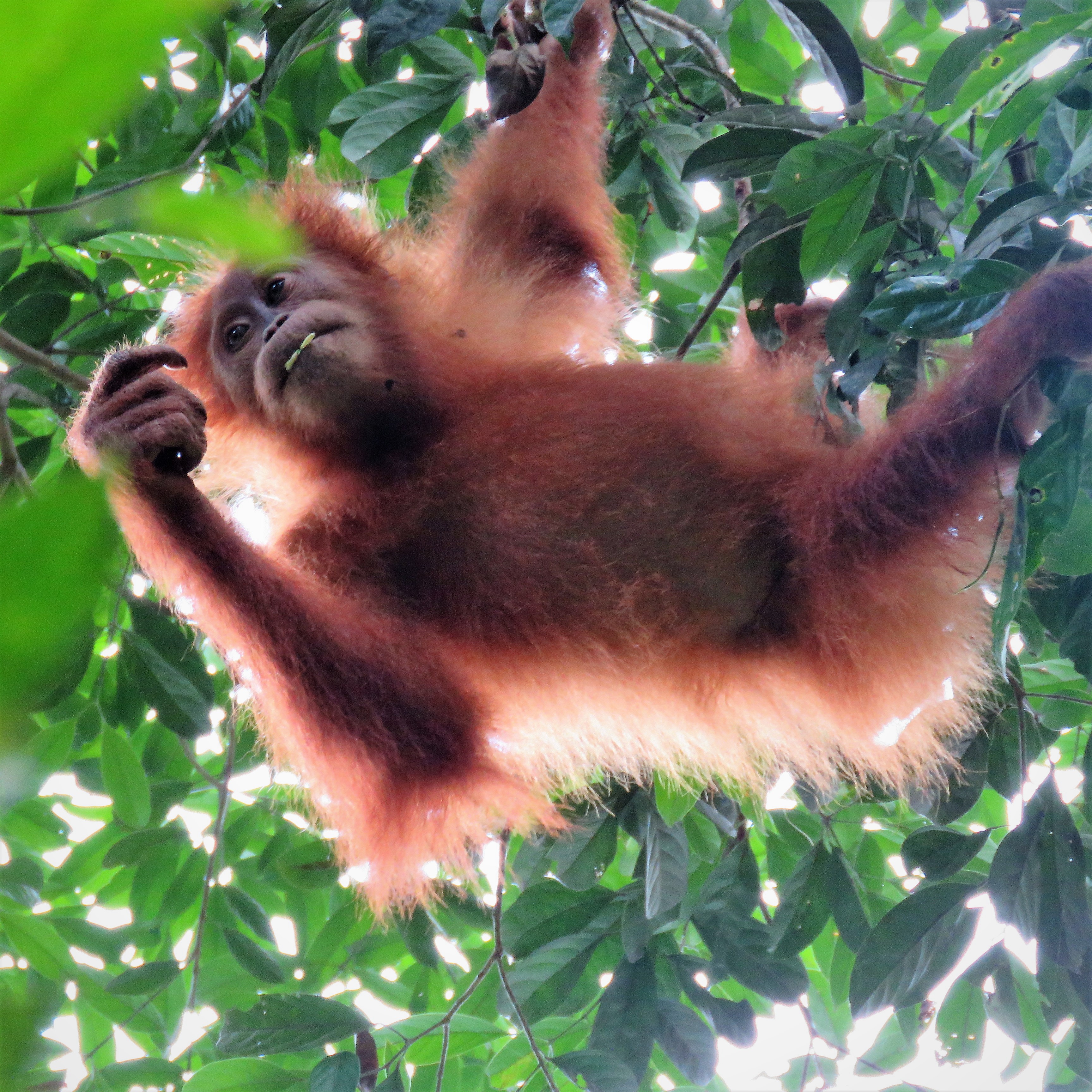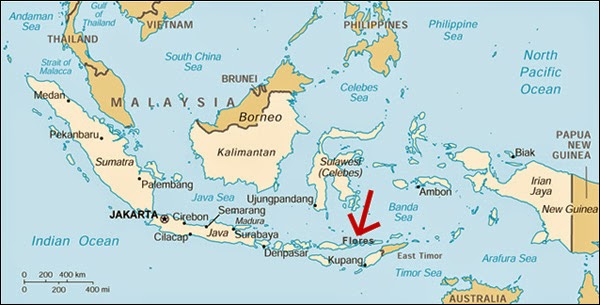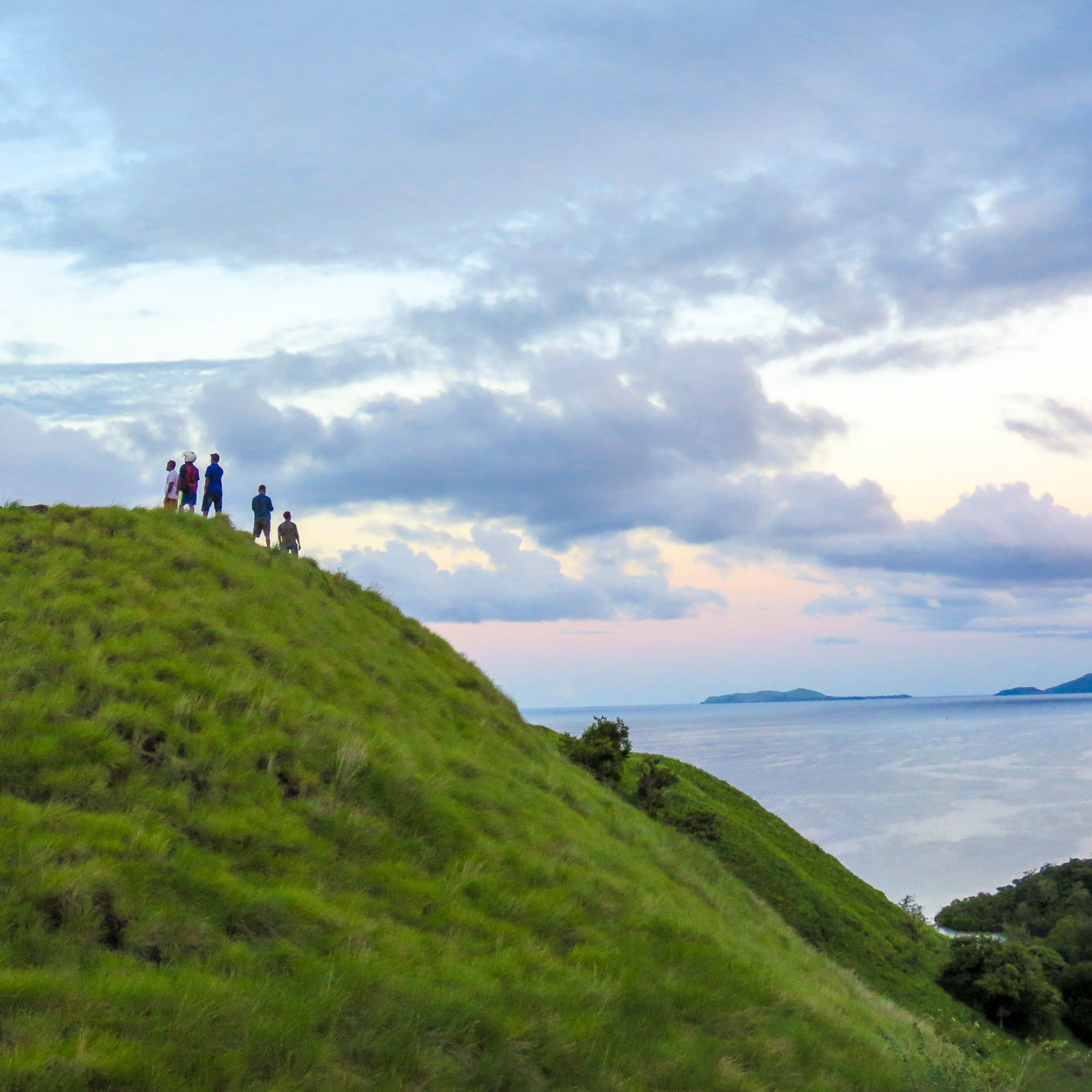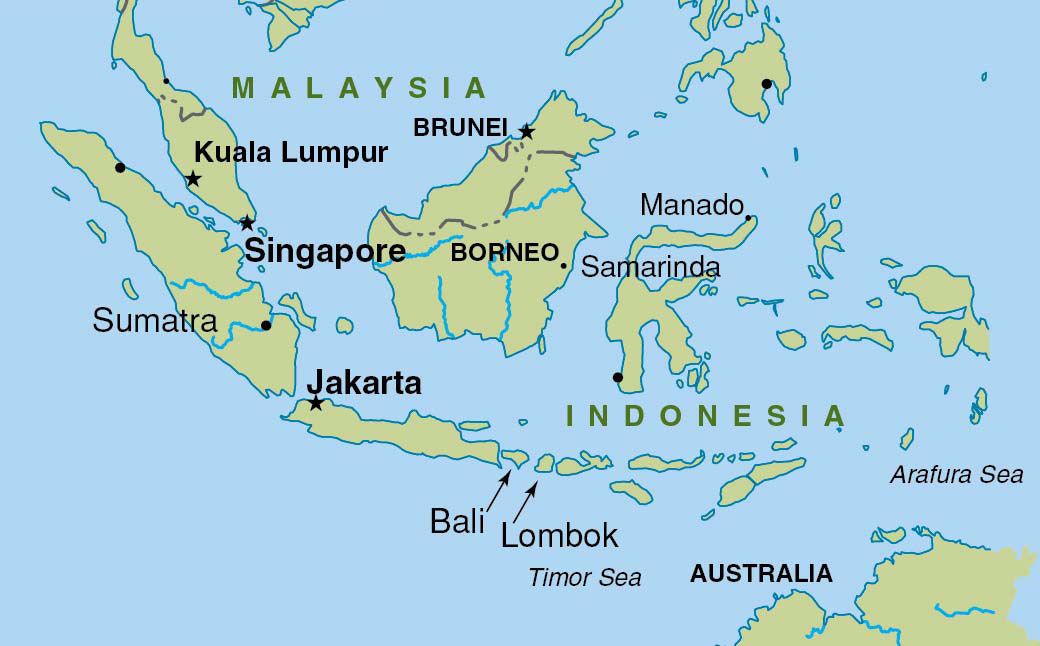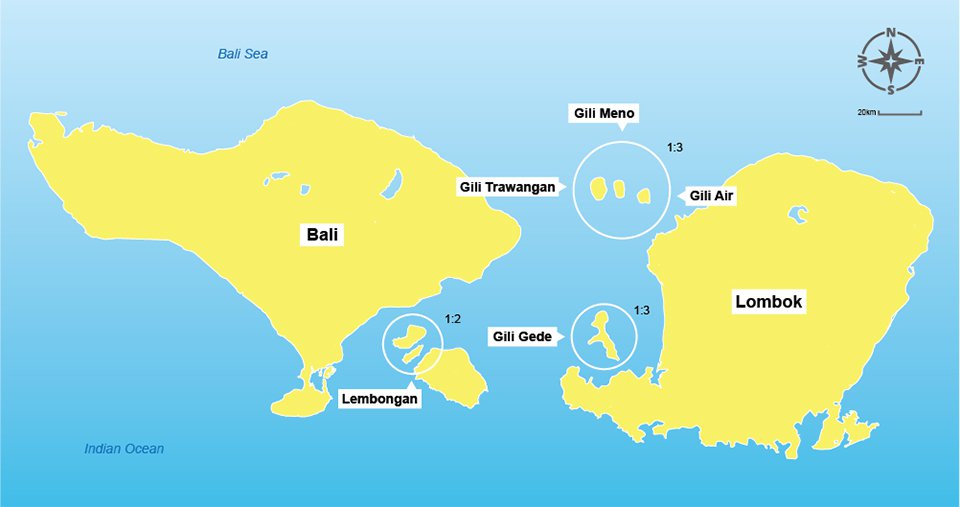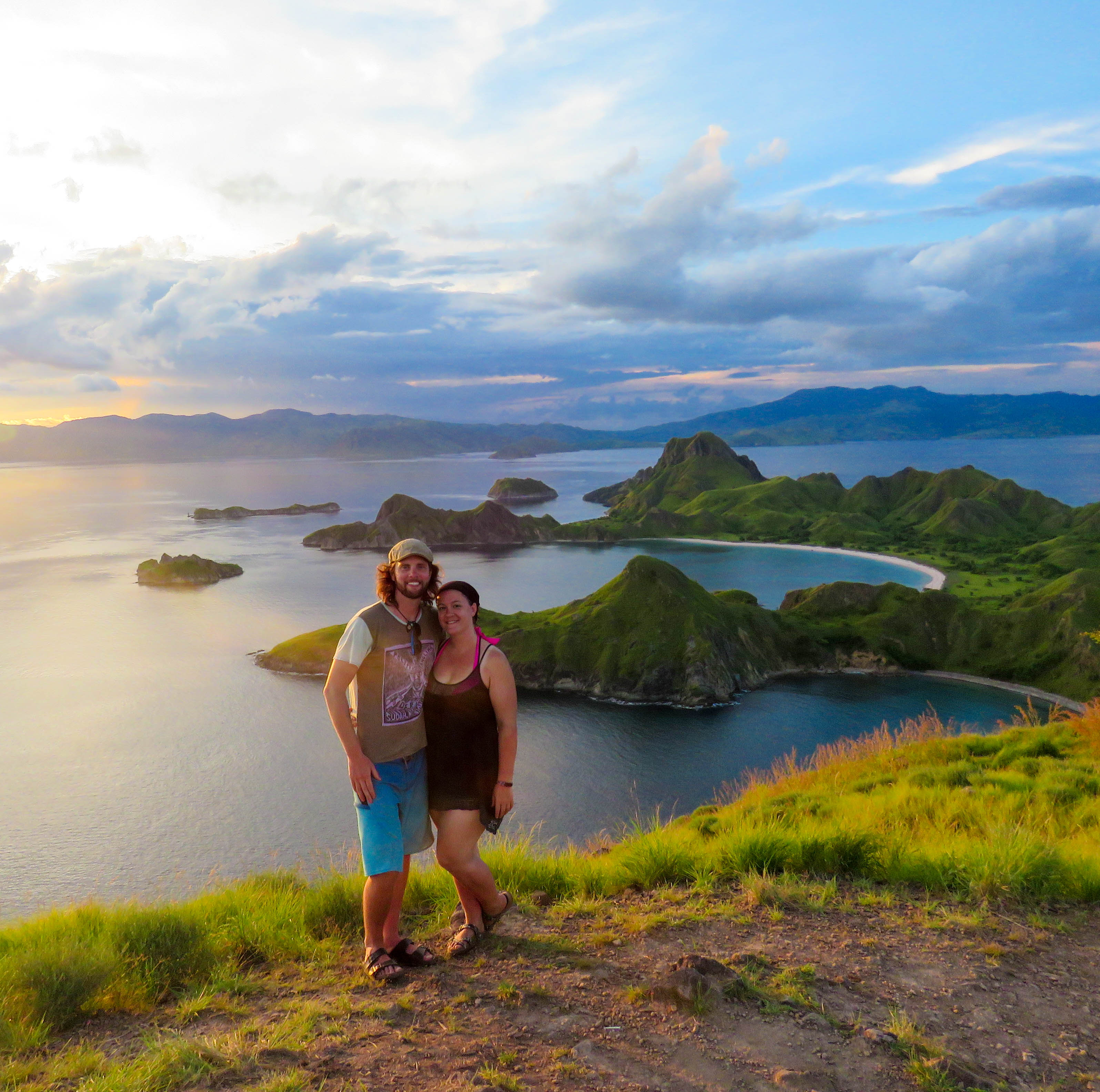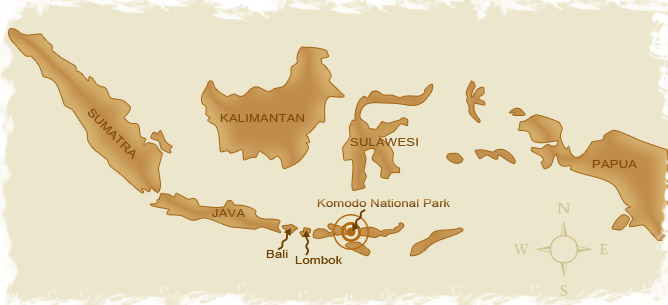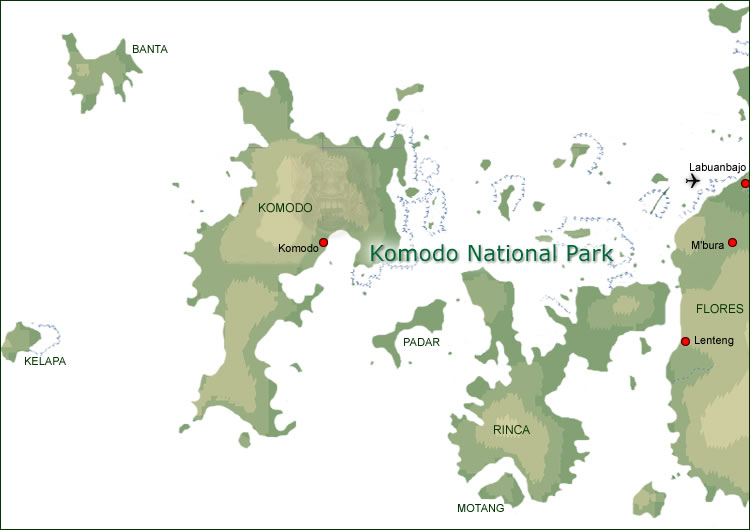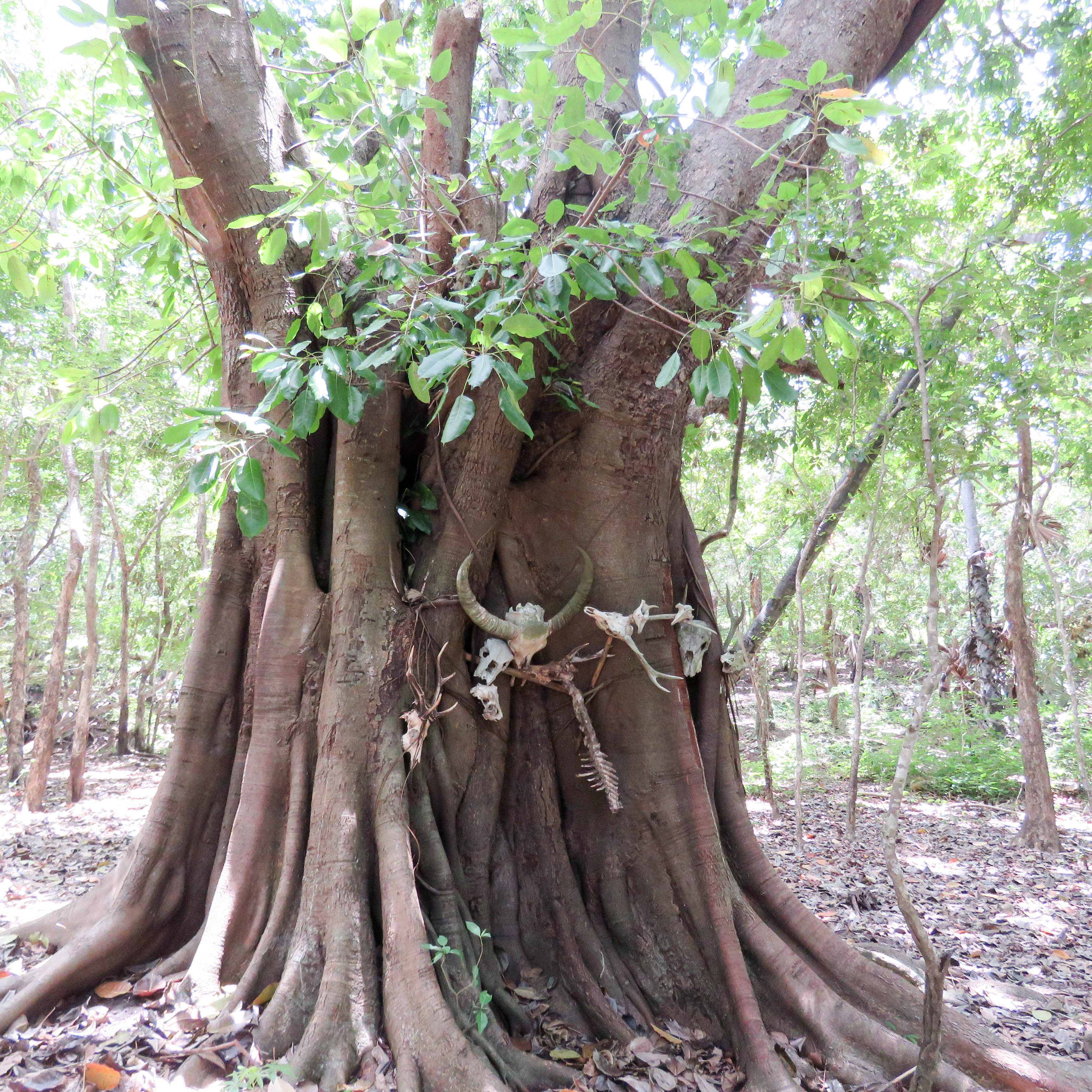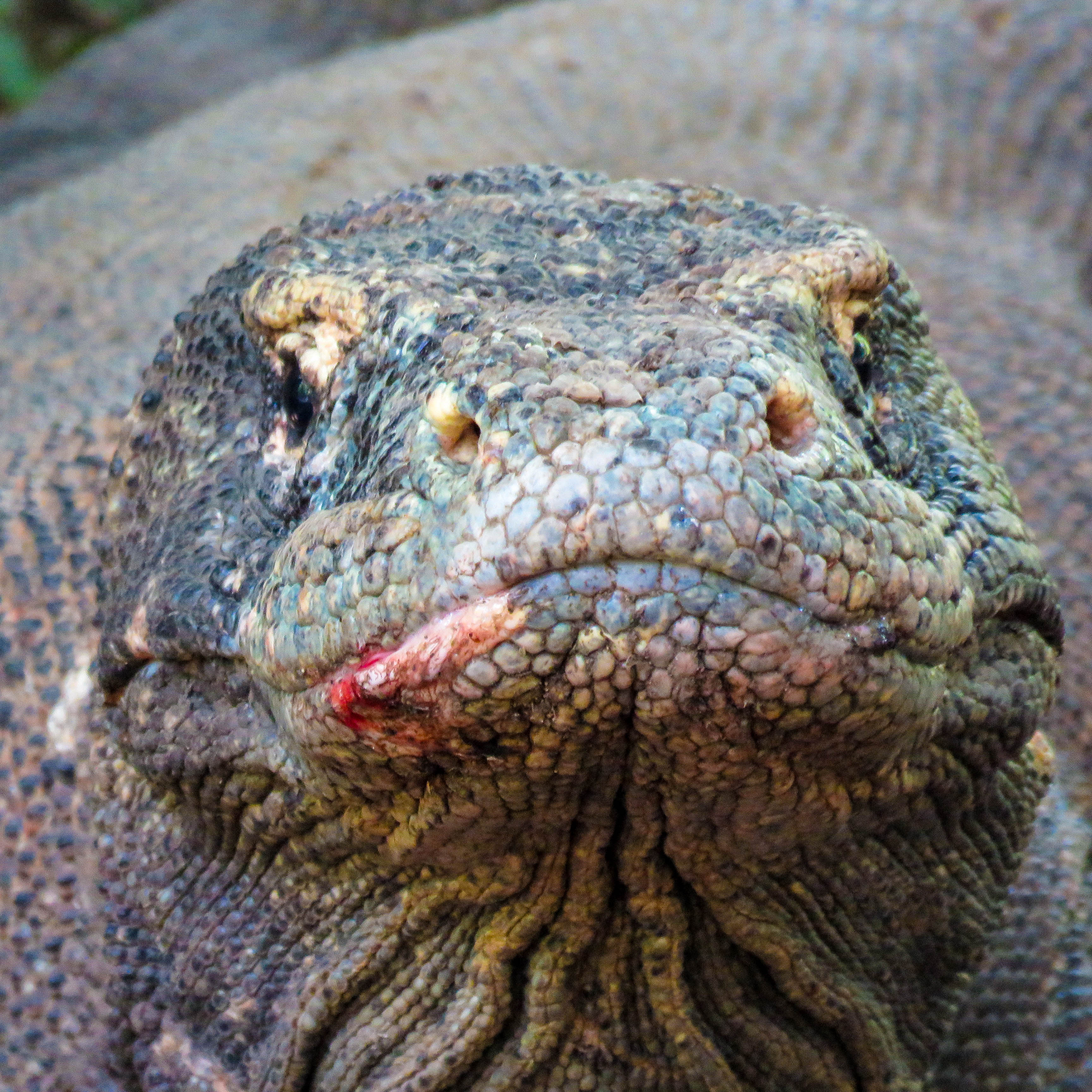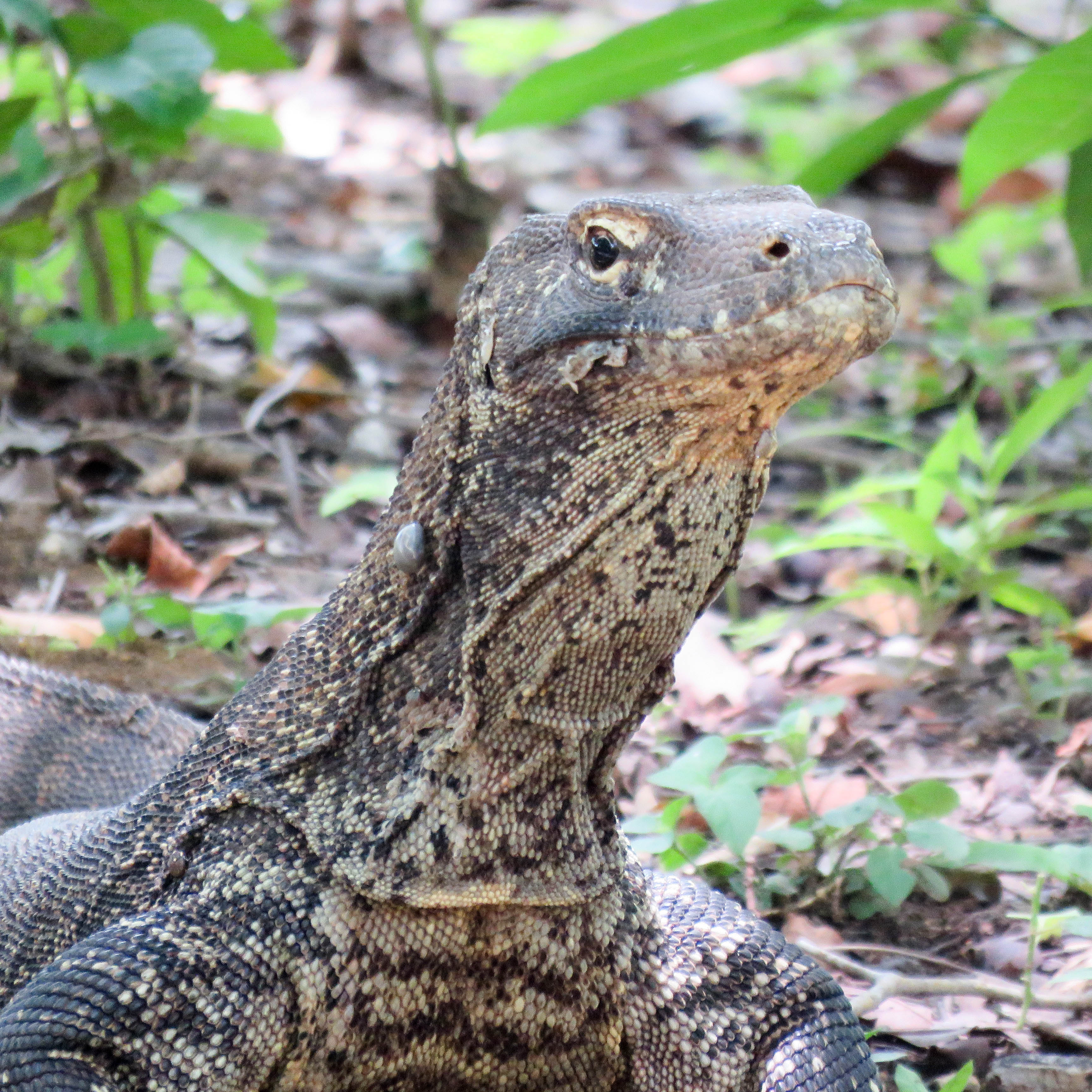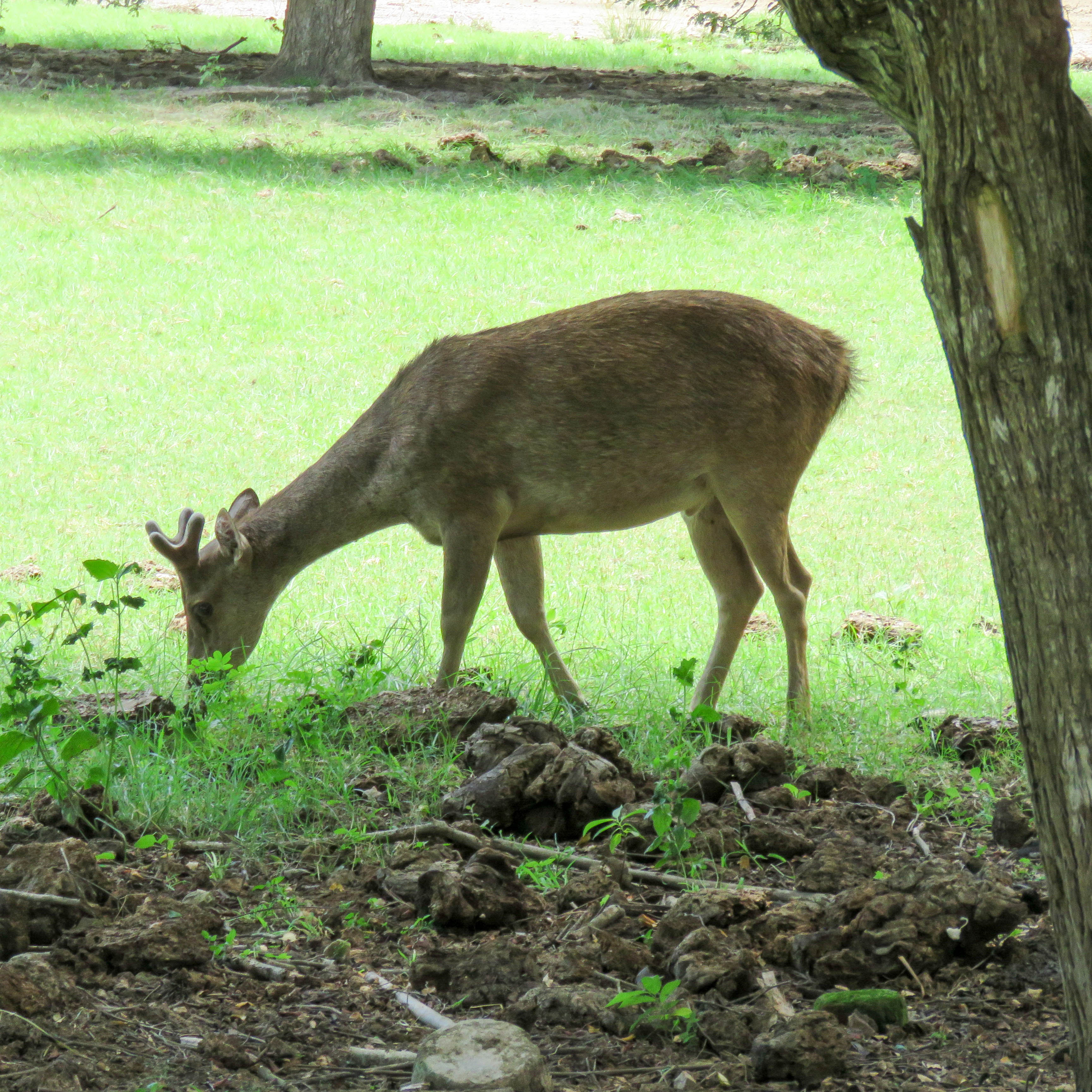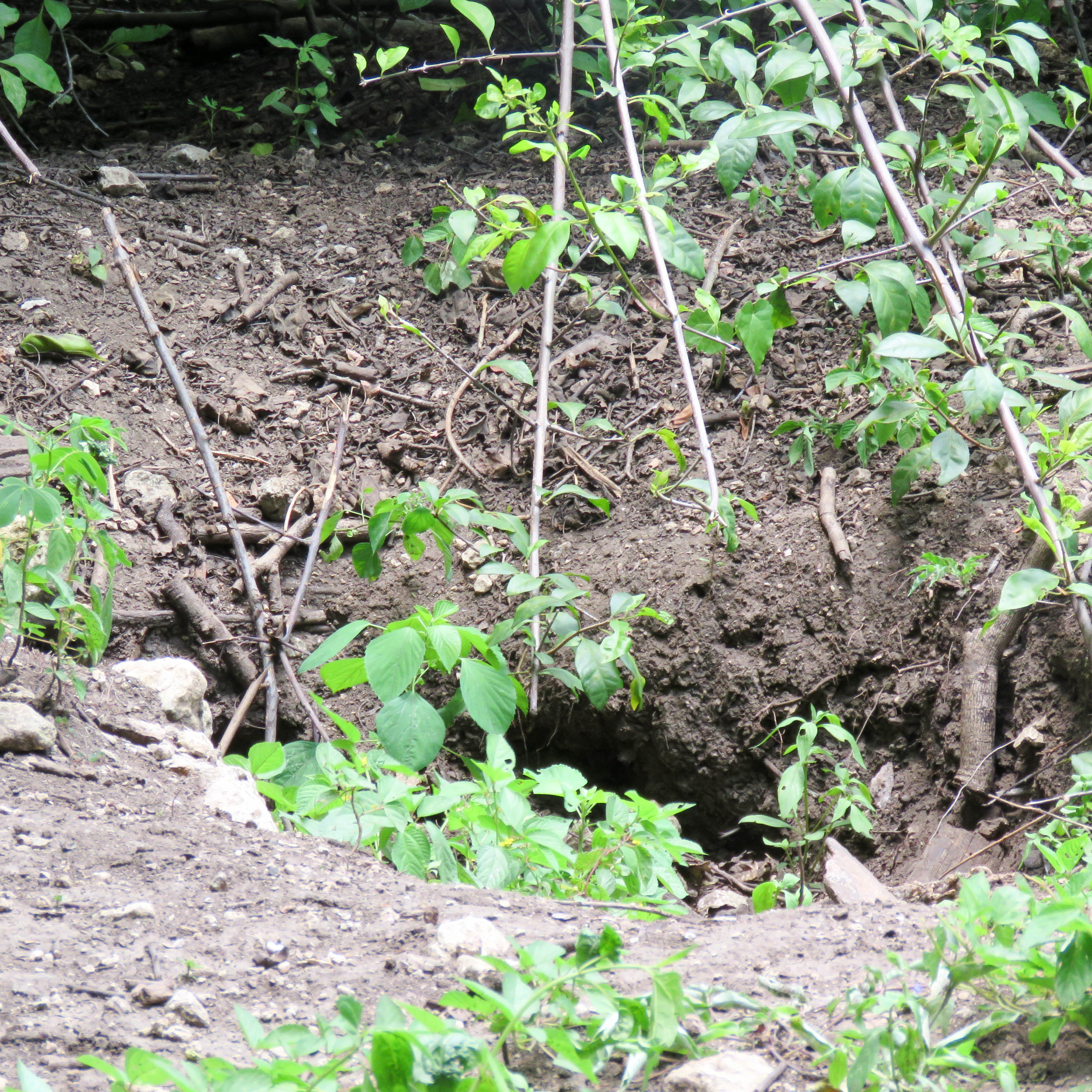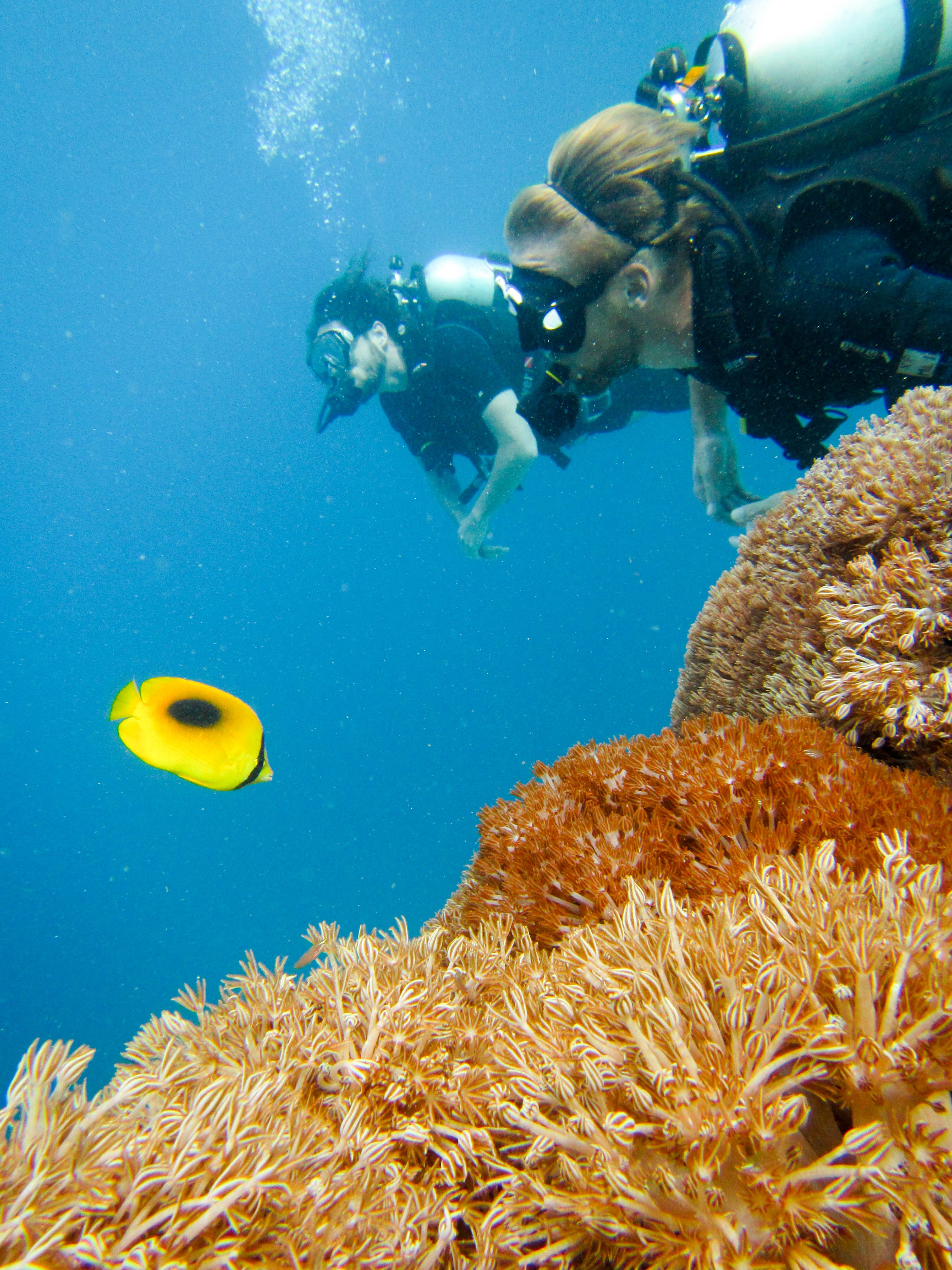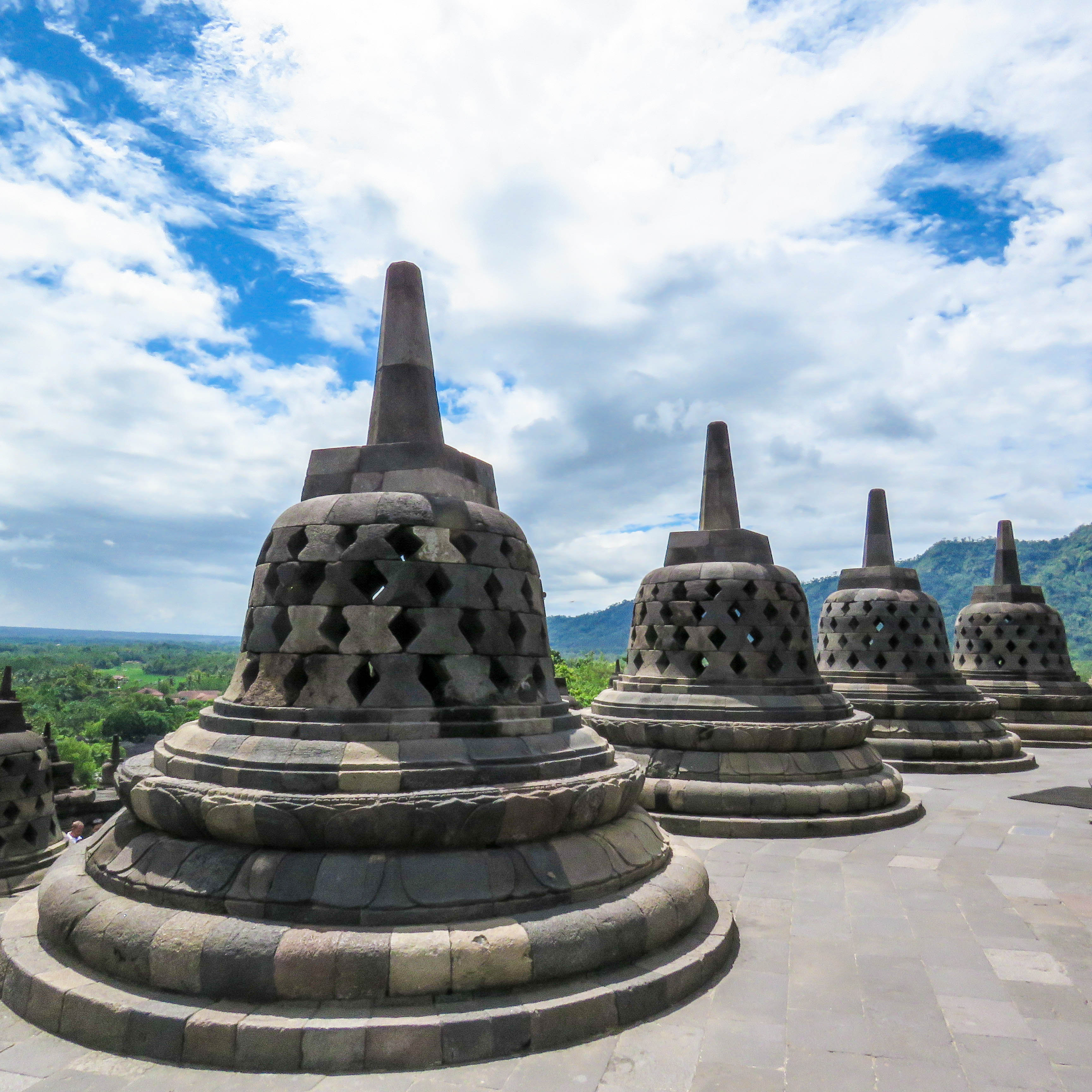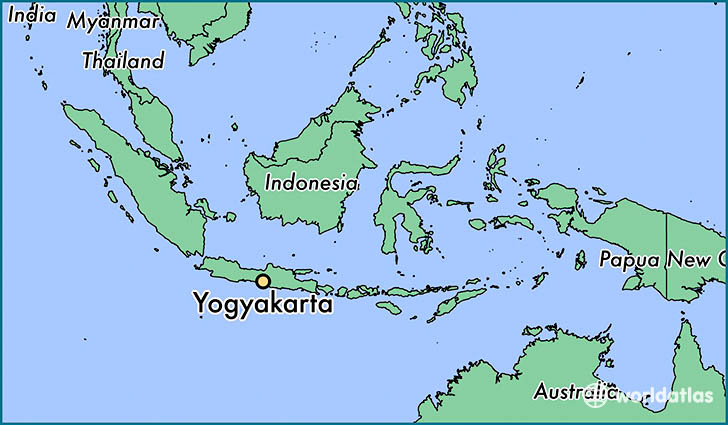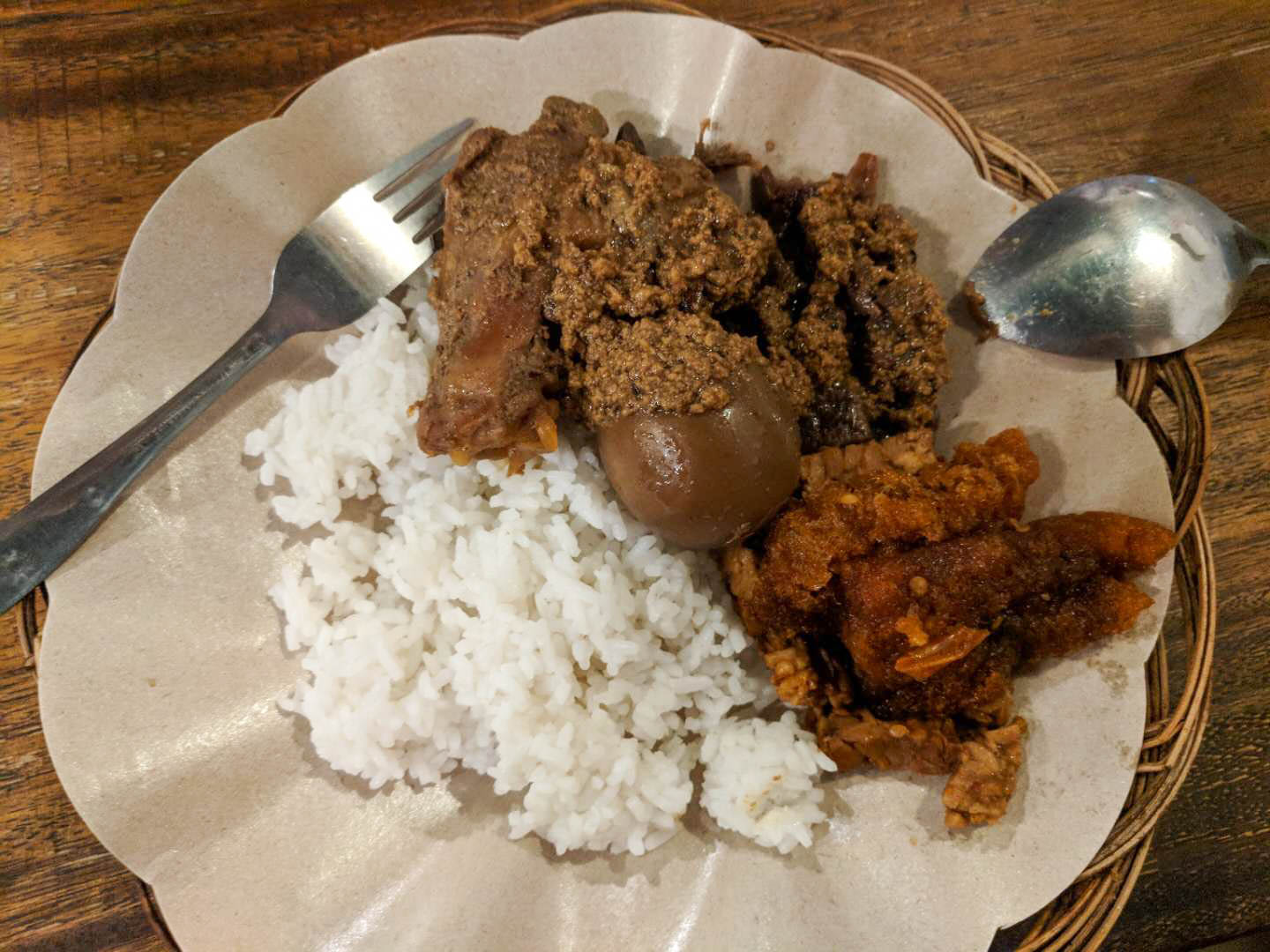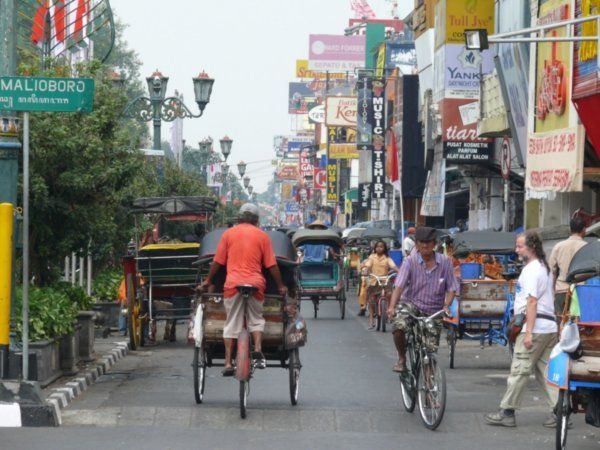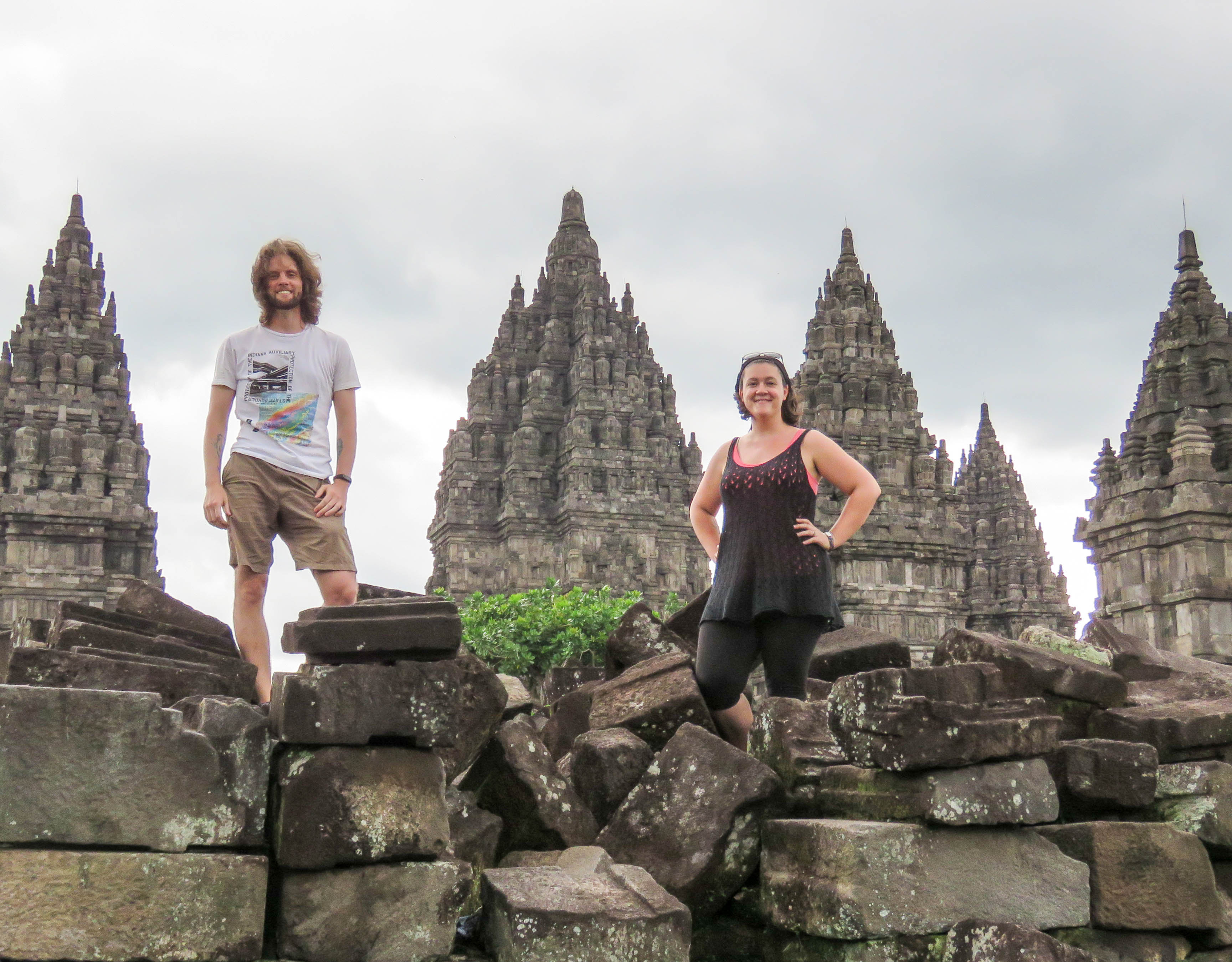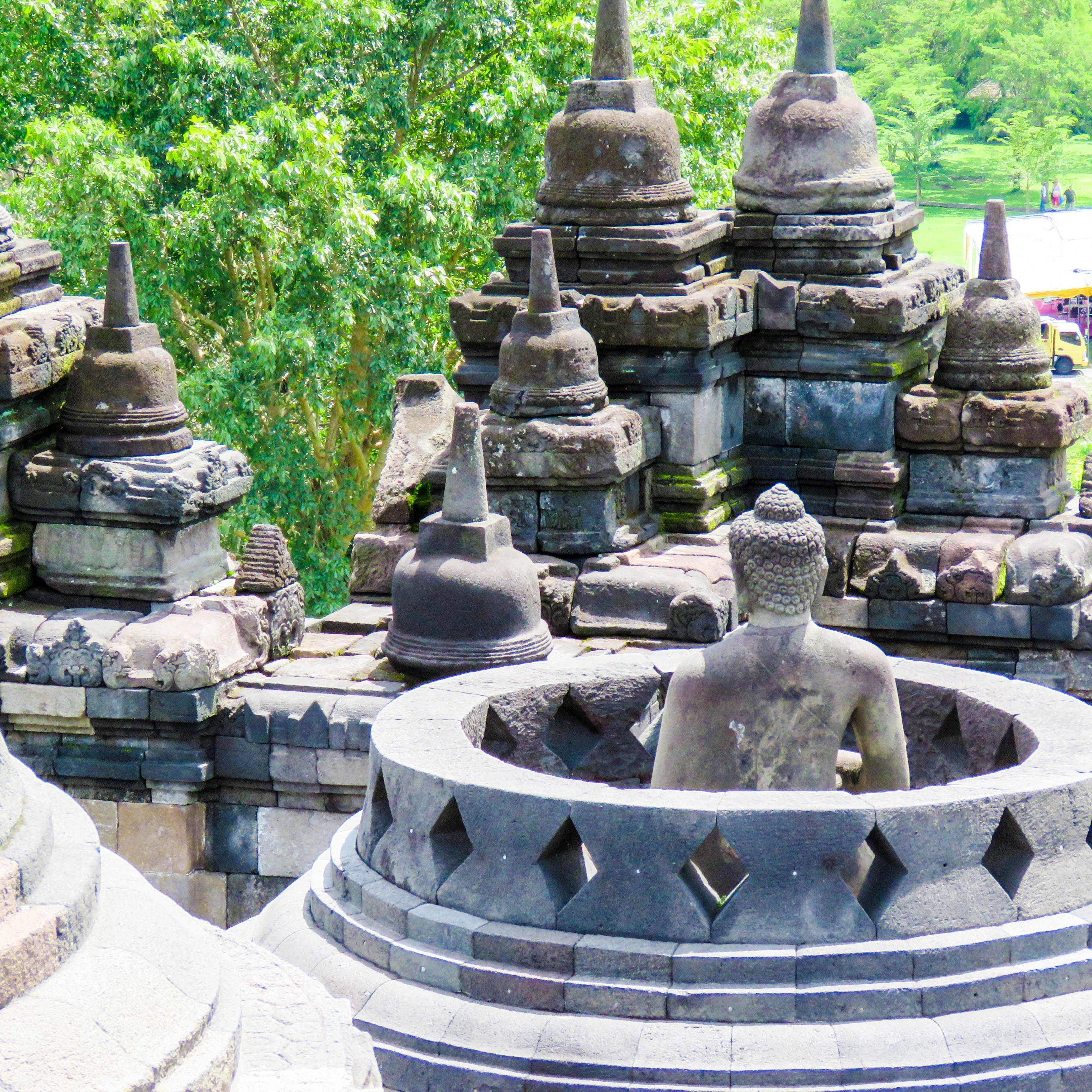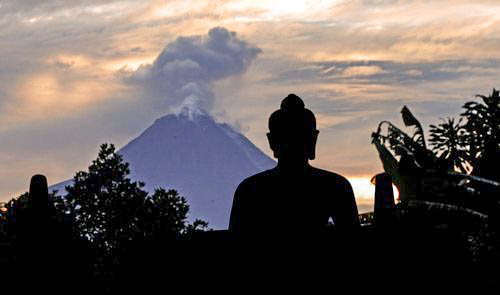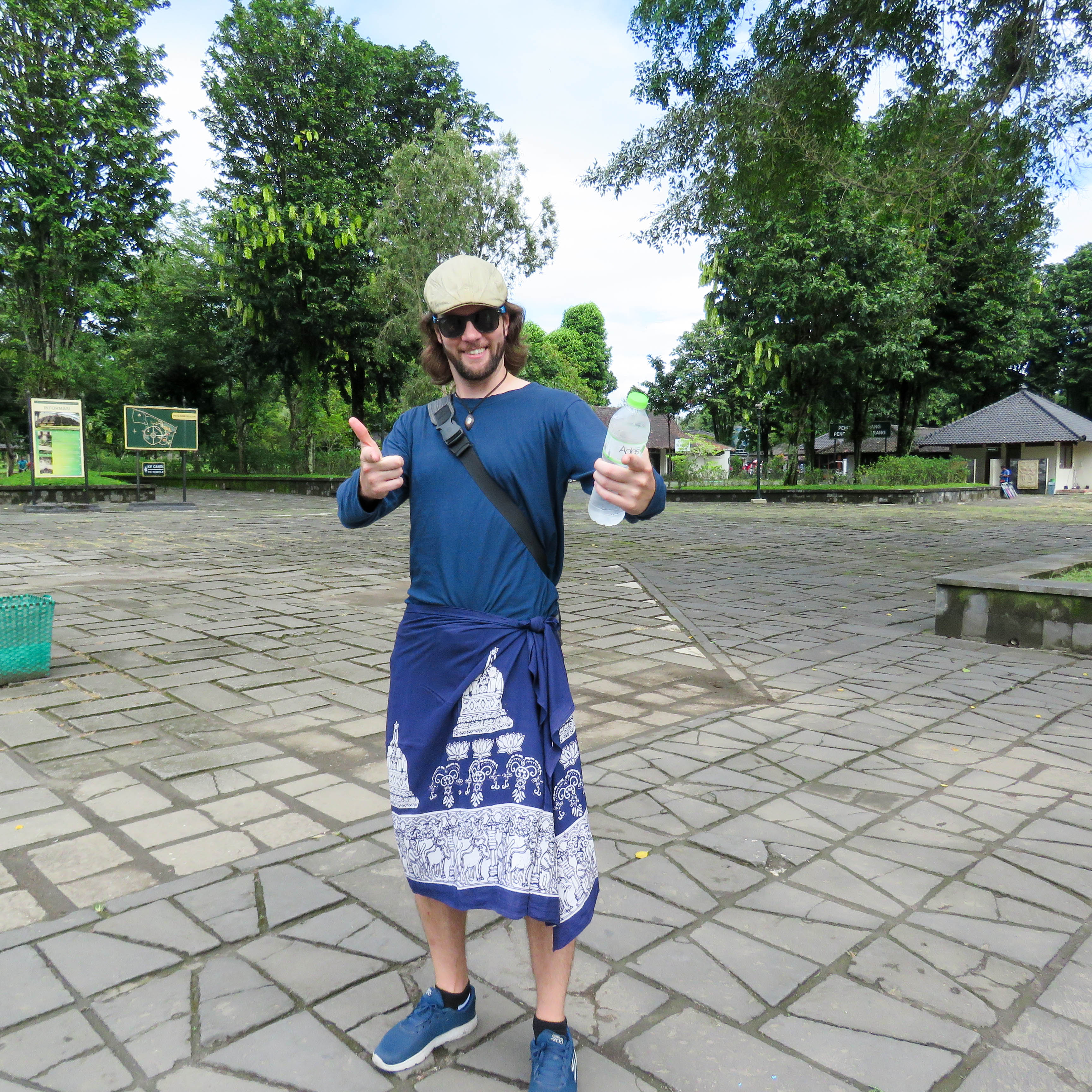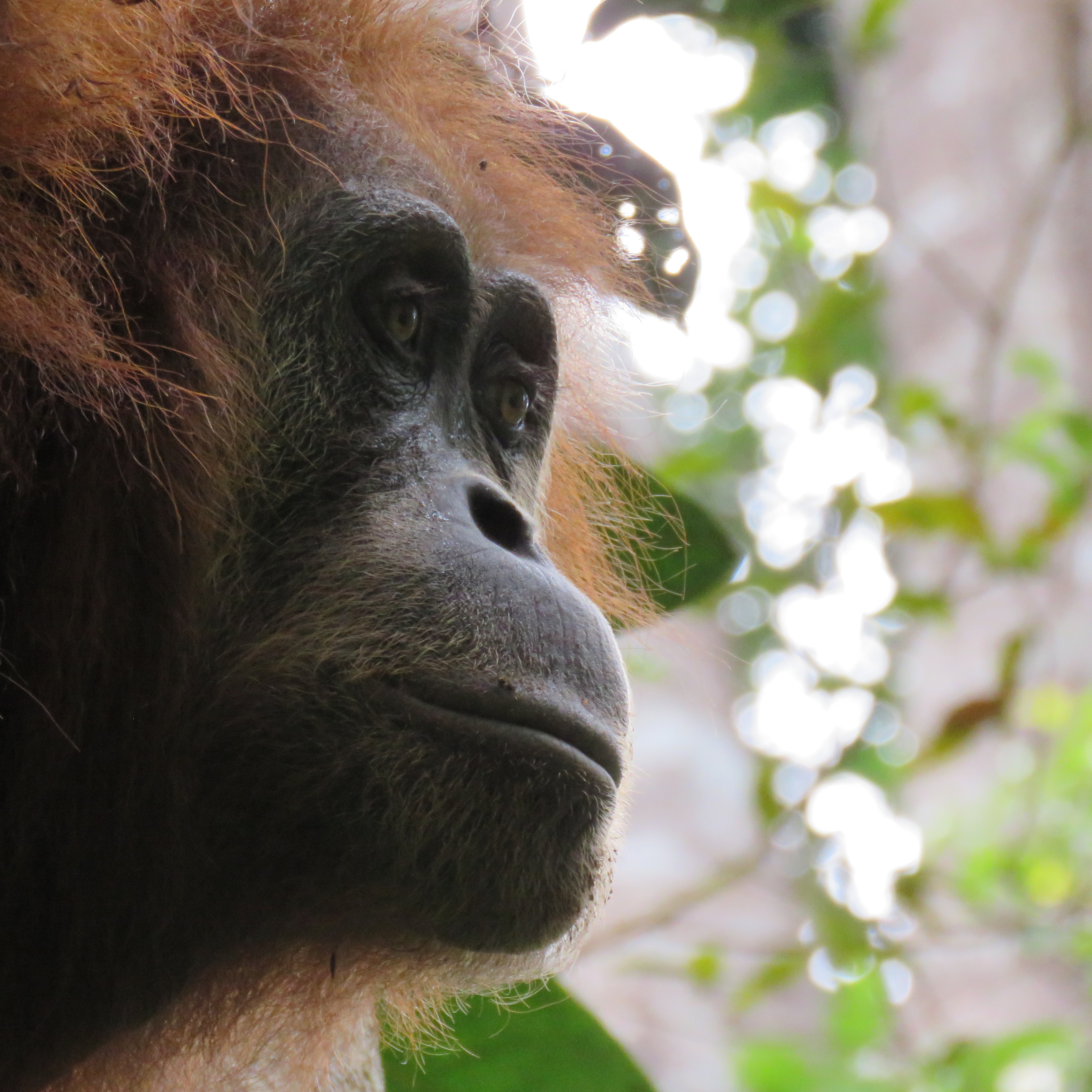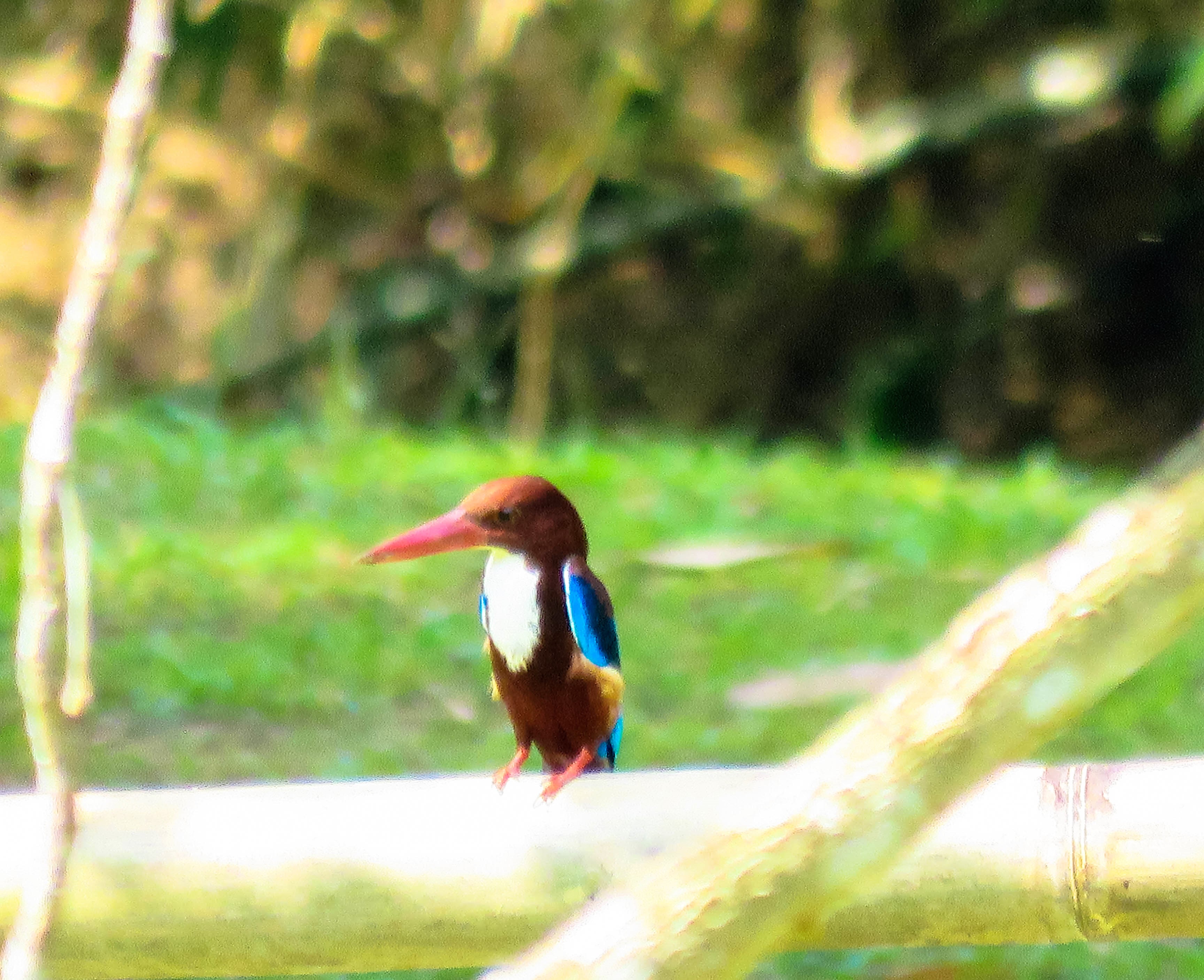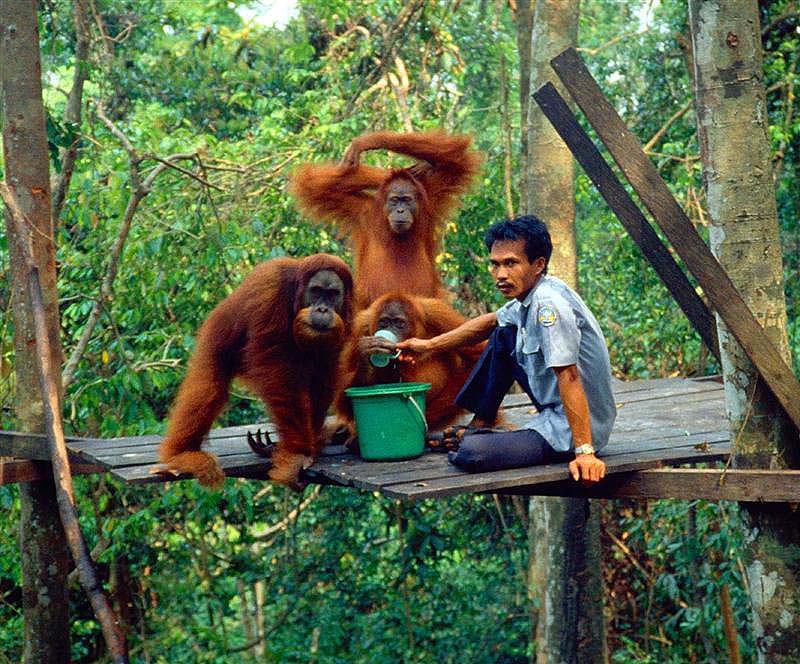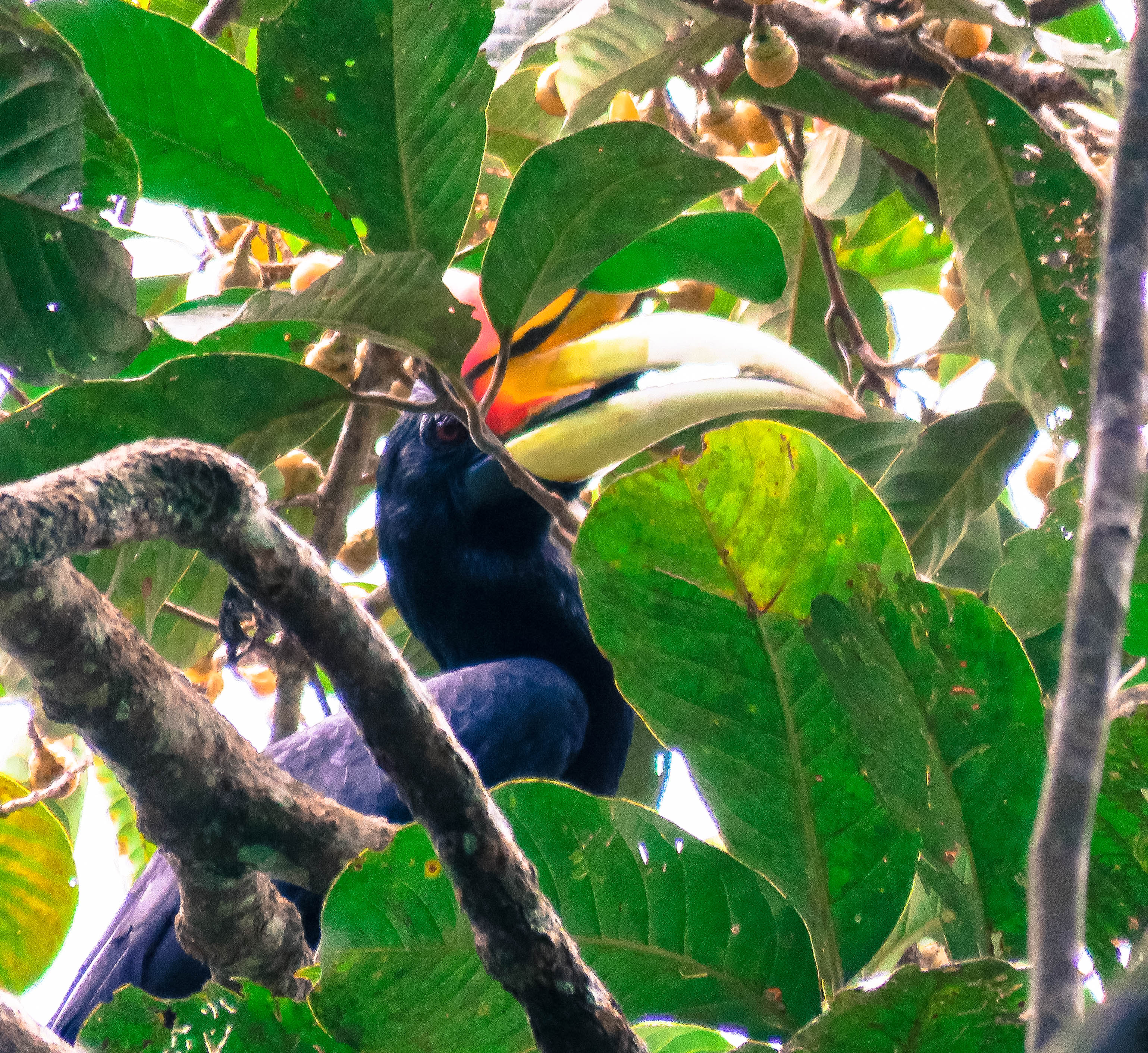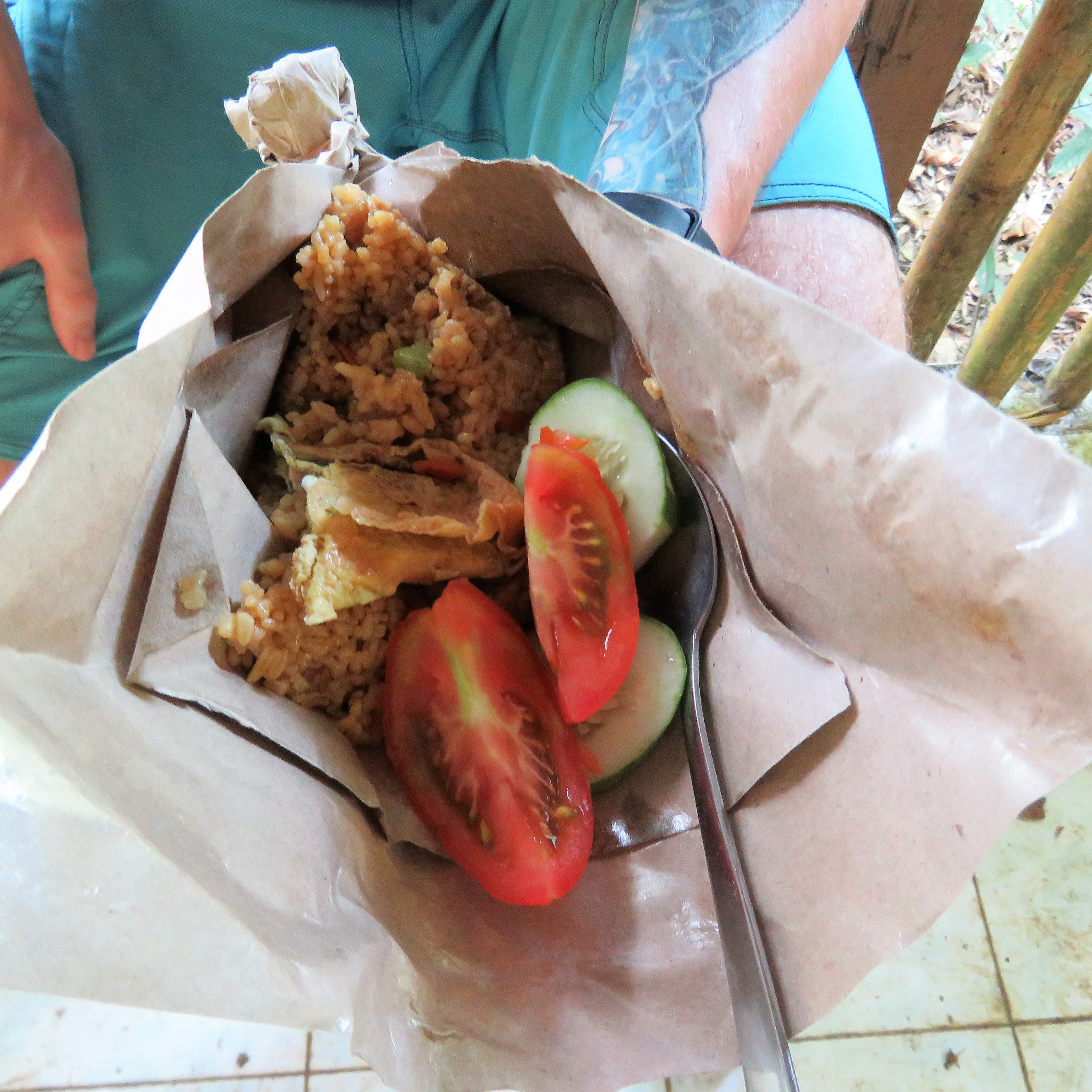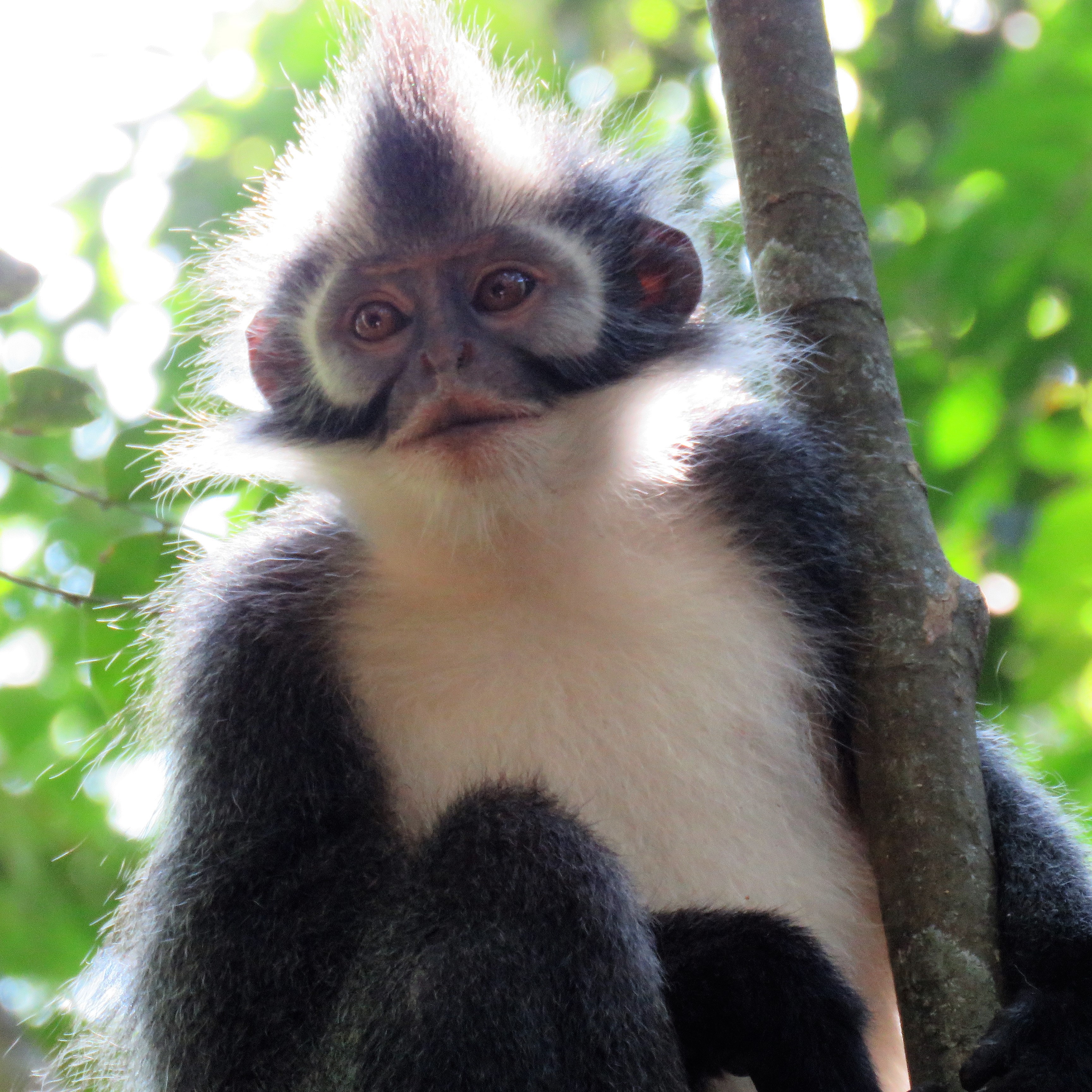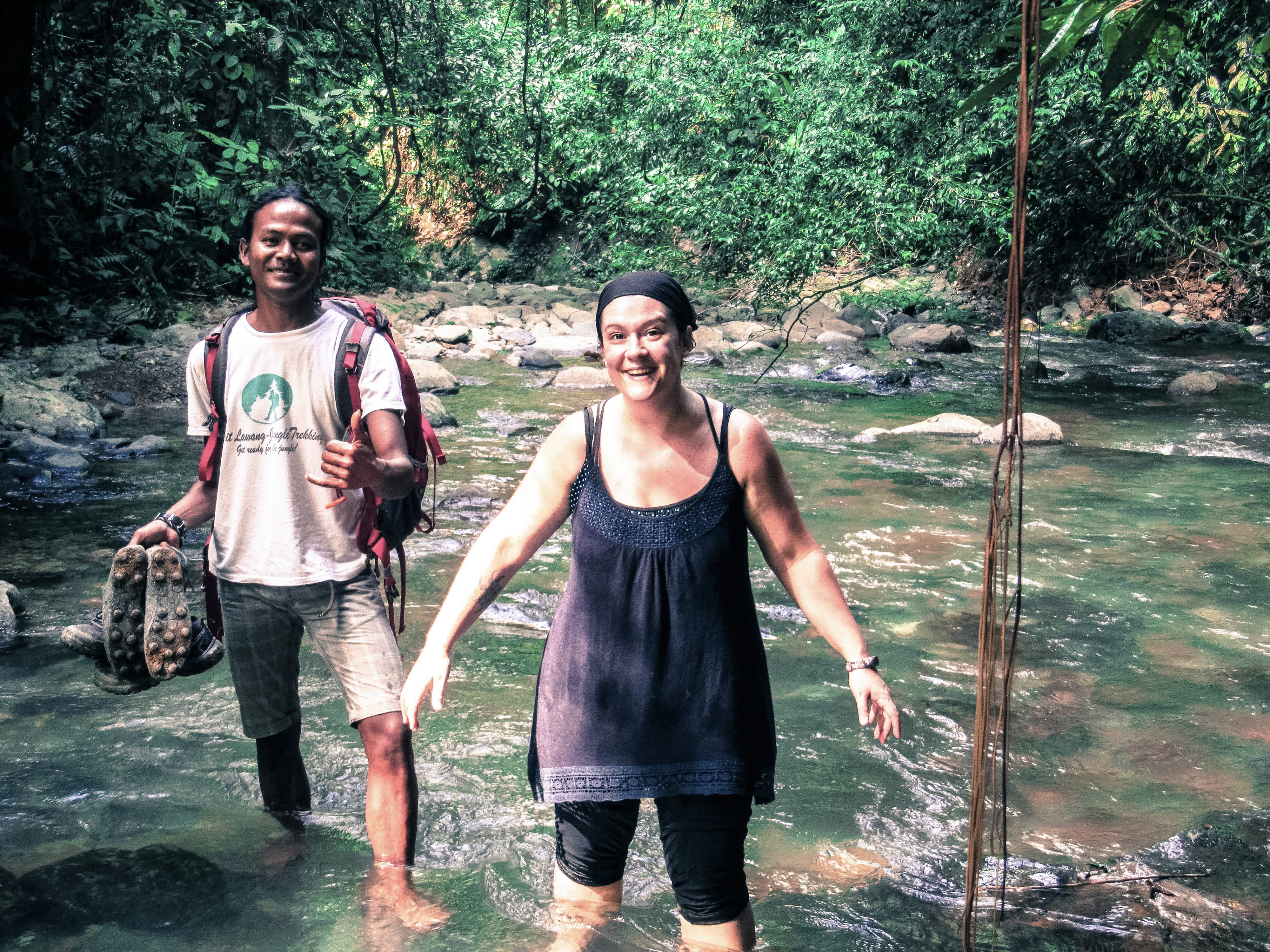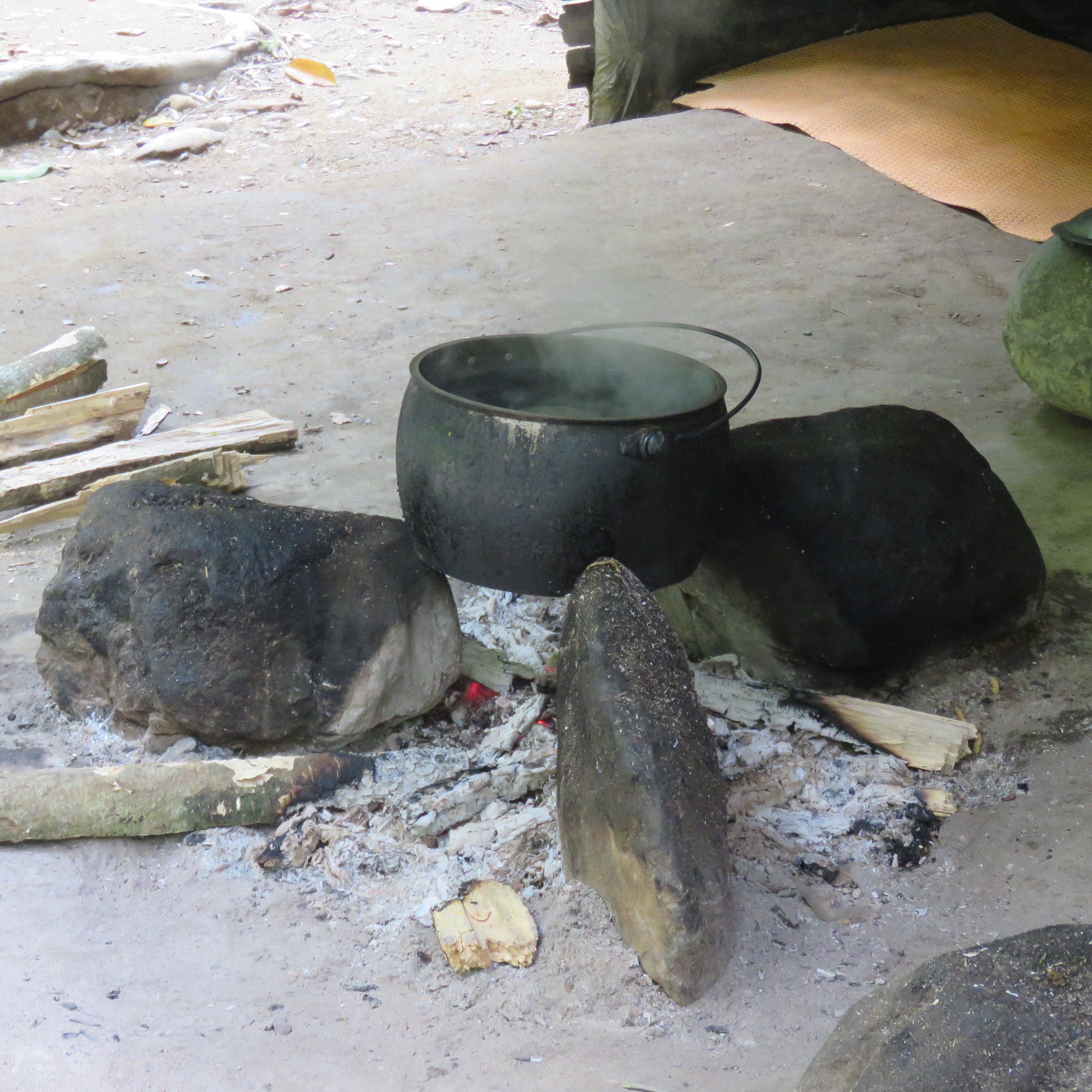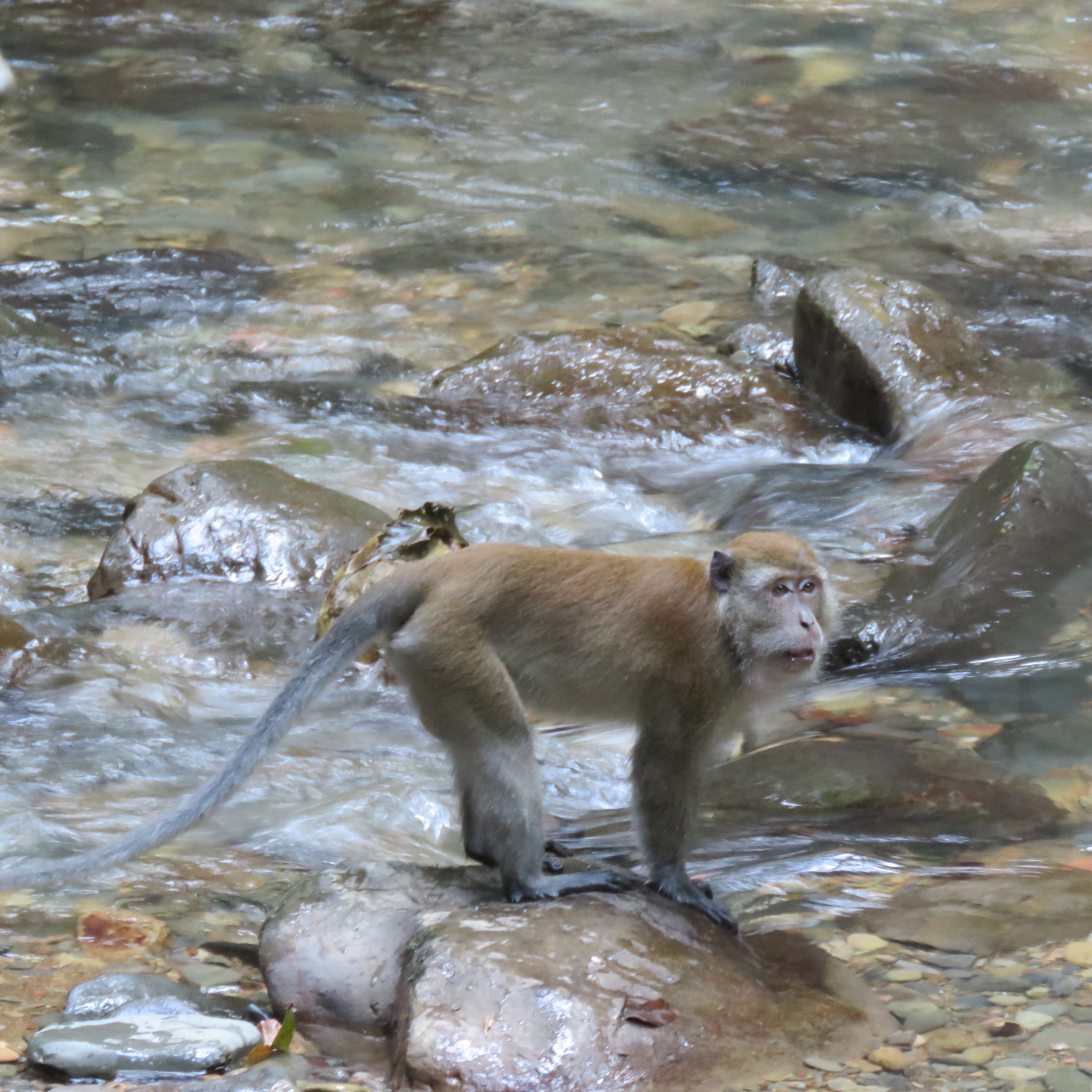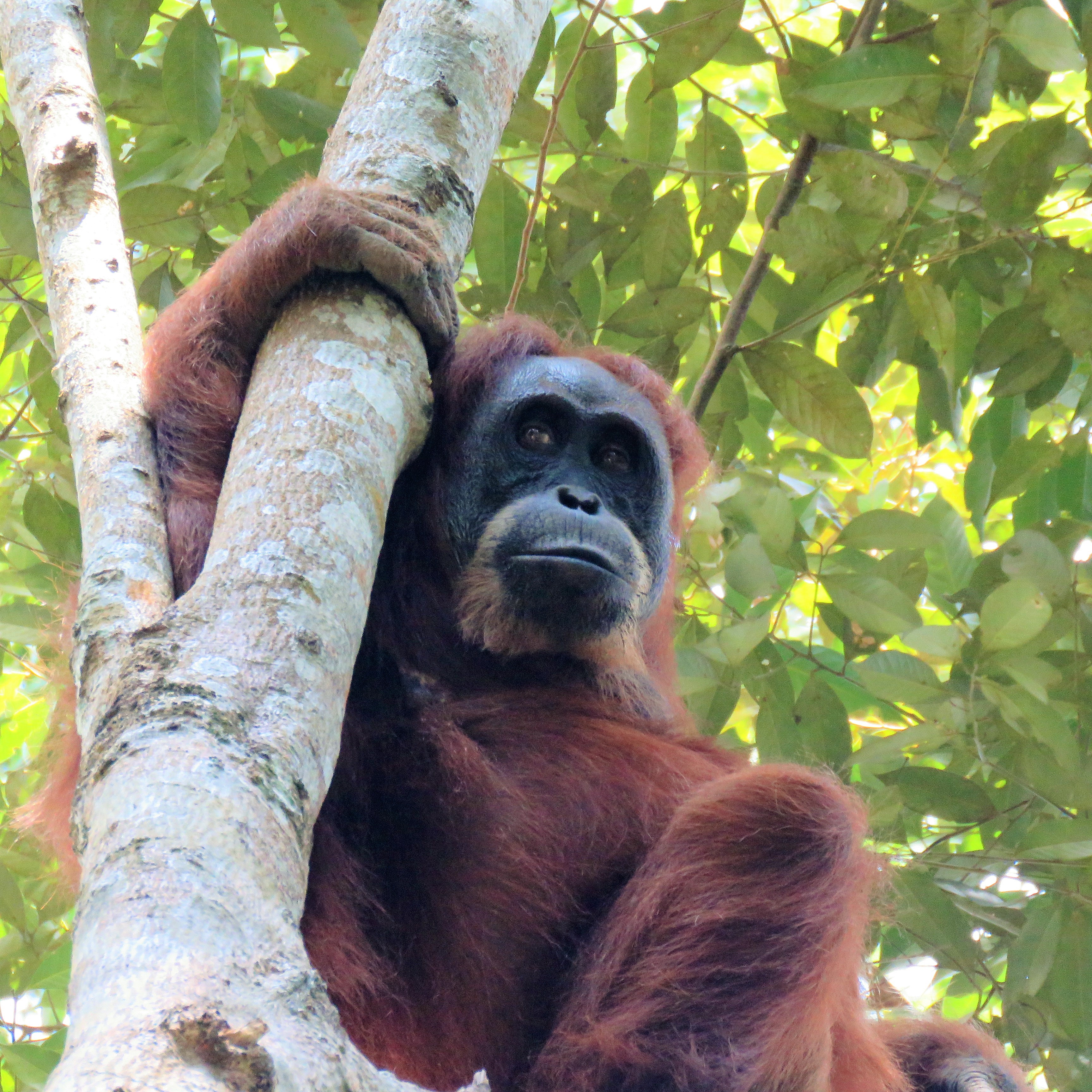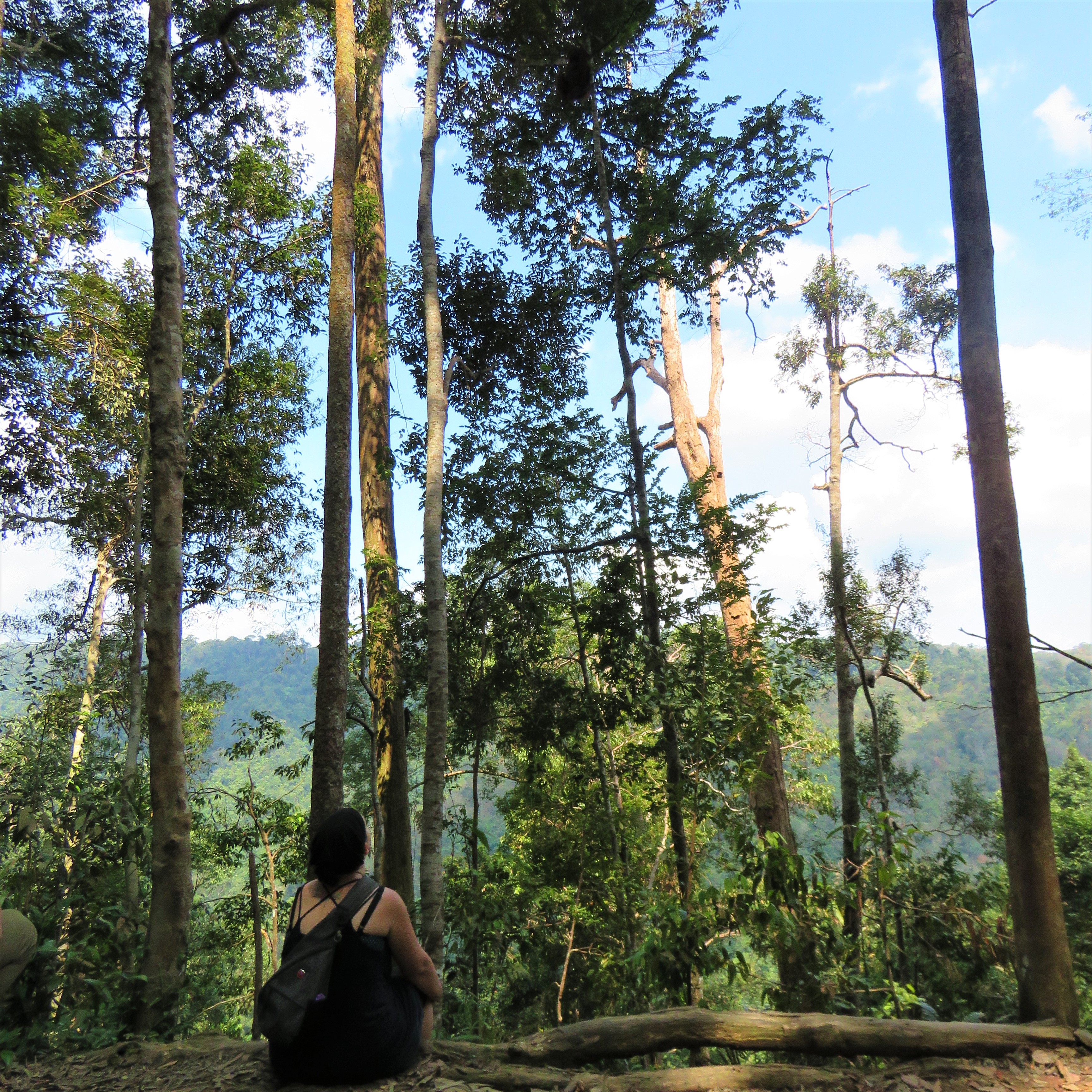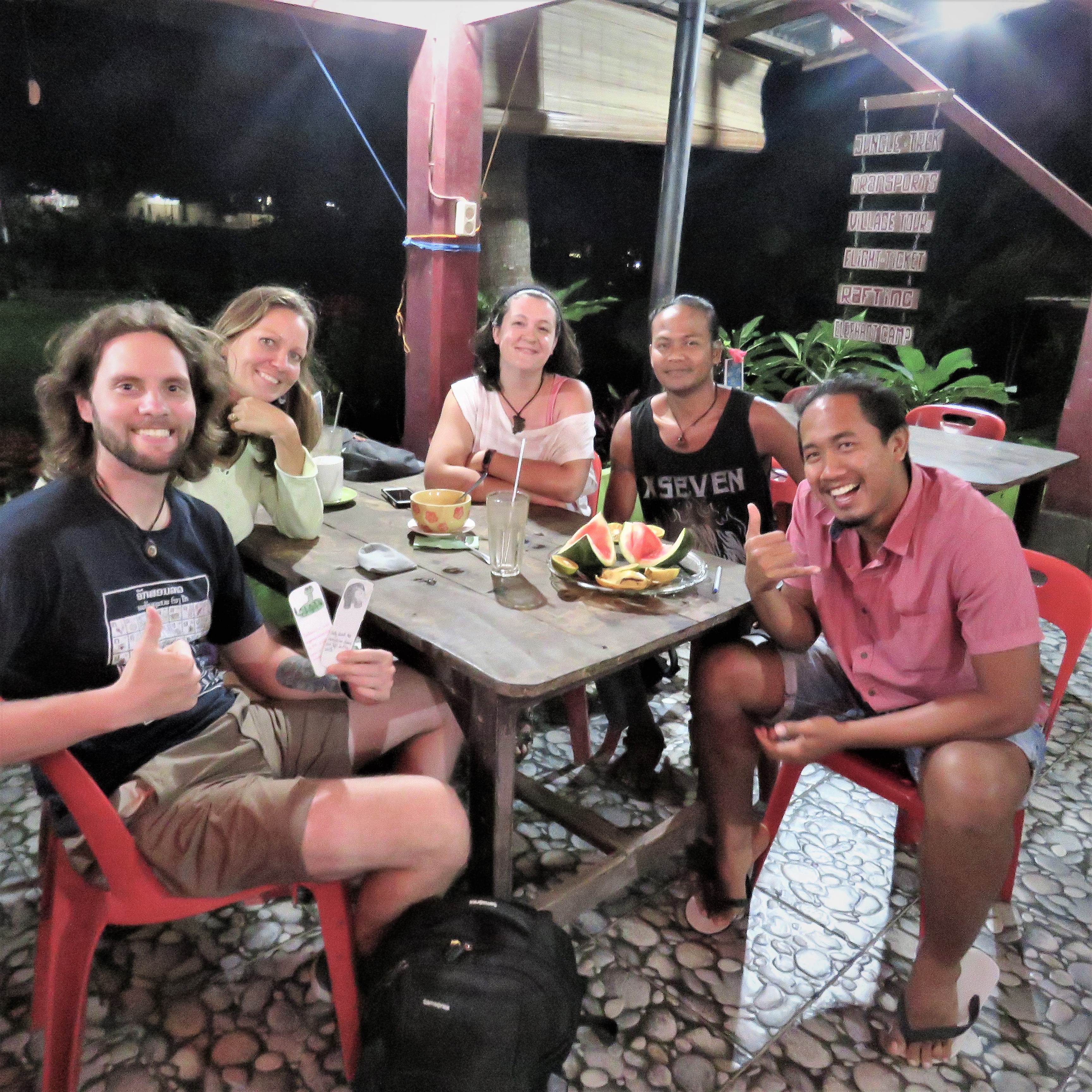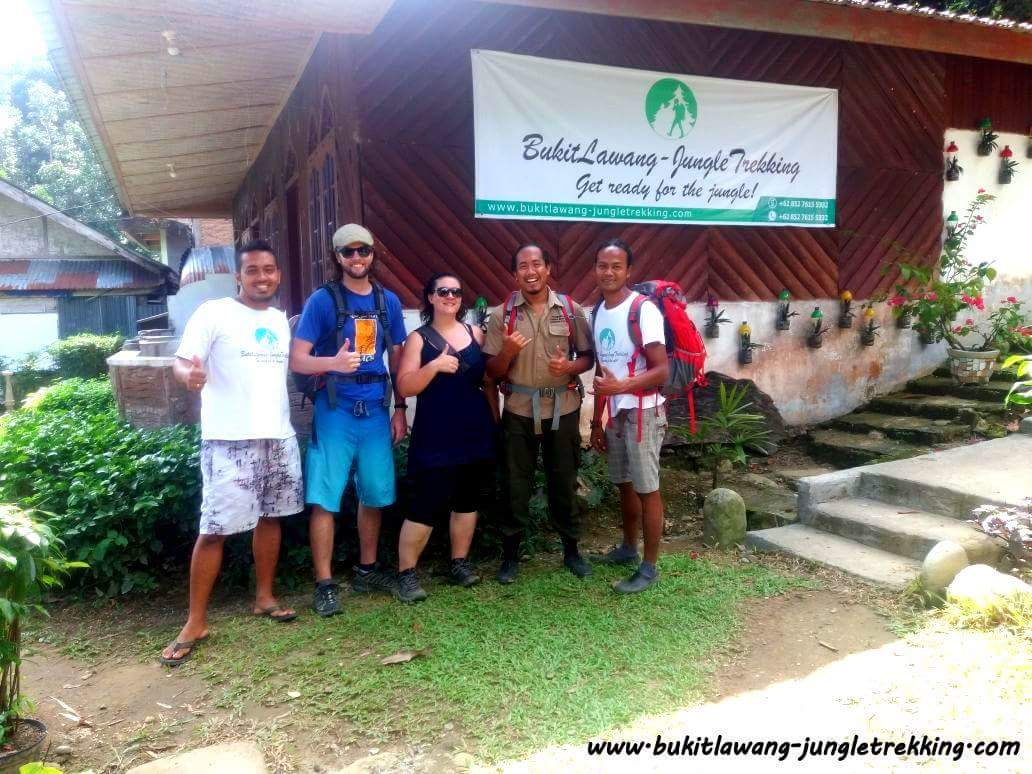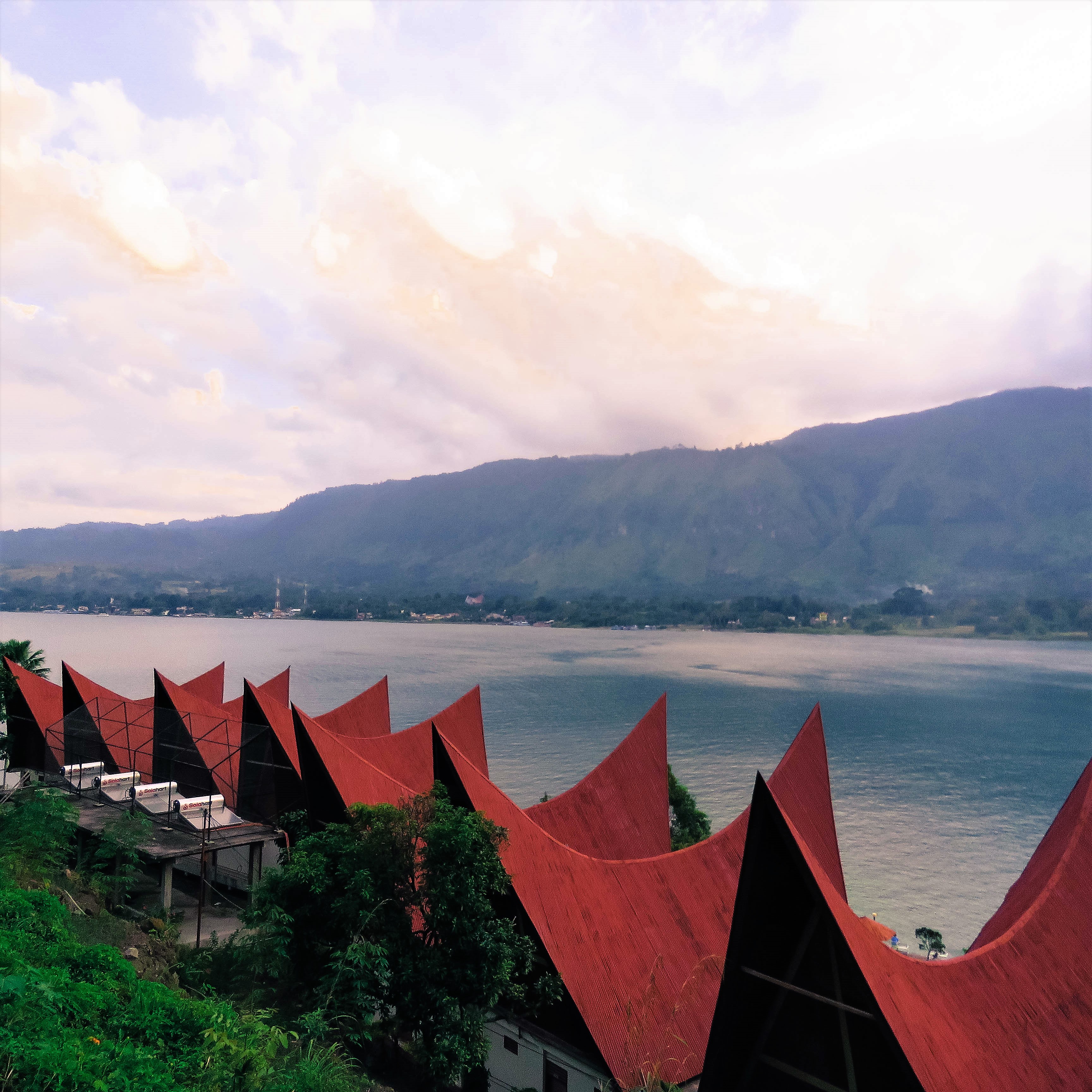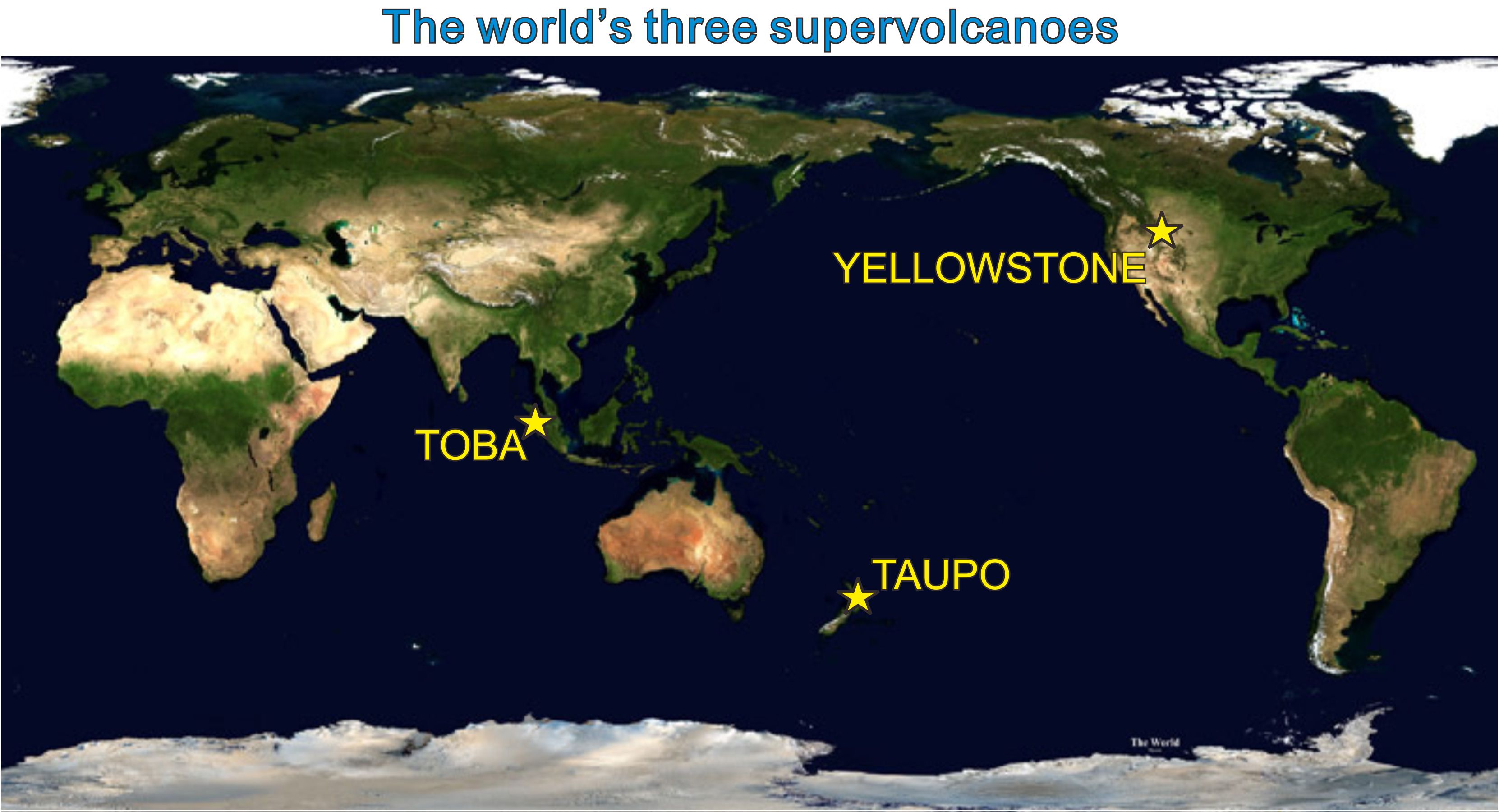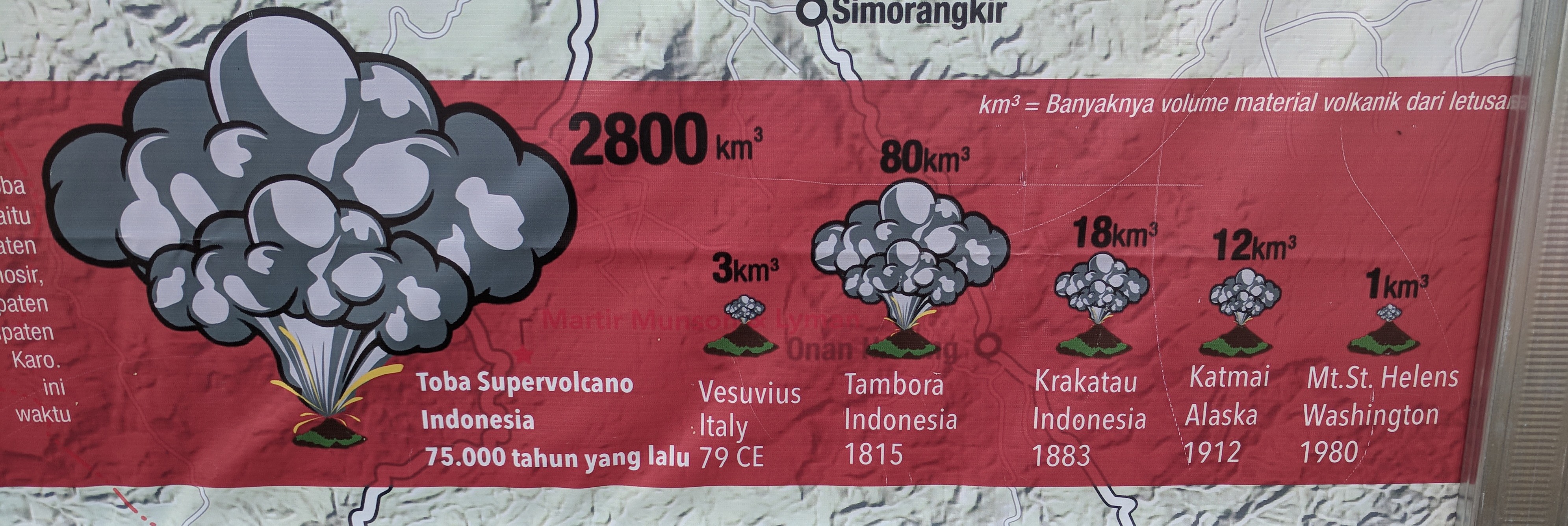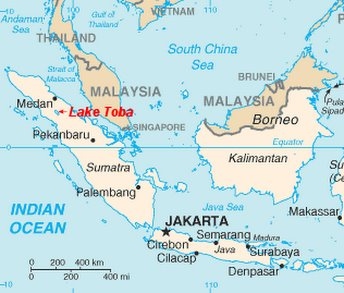In the past month, Indonesia has been hit with several devastating earthquakes. Many of the people I met in Lombok and on the Gili Islands were surely affected by these deadly events. I’ve found myself thinking about our time there a lot.
Below is a post I began writing in Spring, but never got around to finishing until now. Through this post, I hope to inspire people to visit this beautiful island country and to better understand it as well. Whether you are an avid traveler, or simply dream of one day being able to travel, this post is full of all the reasons why I would recommend Indonesia as a travel destination for pretty much anyone.
In the last 4 years, I’ve done a lot of travelling. I’ve had a lot of experiences, eaten a lot of different food and met a lot of different people. From the Hongs of Thailand, to the Thar Desert in India, I’ve never visited anywhere that didn’t offer some sort of spectacular adventure.
Sometimes though, you find a country that offers more than just destinations and good food. Those countries captivate you and take a piece of your heart. They change the way you see the world. Cambodia did that for me, and it became the country I compared all other countries too. Now, Indonesia has also been added to that list, and today I’d like to tell you why.
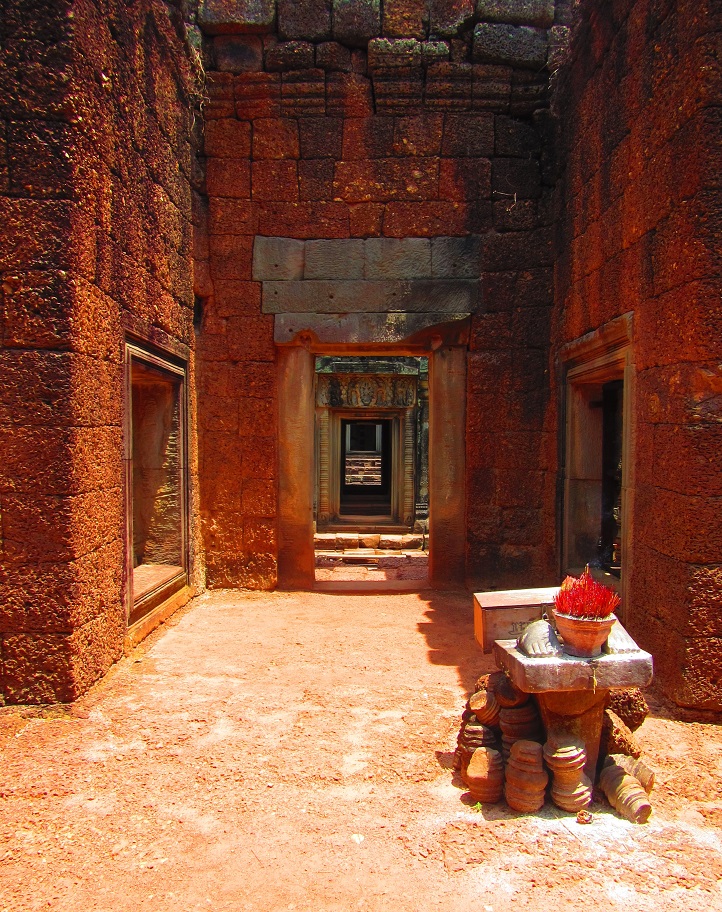
Diversity & Tolerance
Before going to Indonesia, I’d read a lot of things. I knew, of course, that Indonesia is the country with the most Muslims in the world. I also knew that for the most part, Indonesia’s a pretty peaceful place. We’d heard of some problems in Jakarta, so we avoided the city, but even there, you’re never in any real danger.
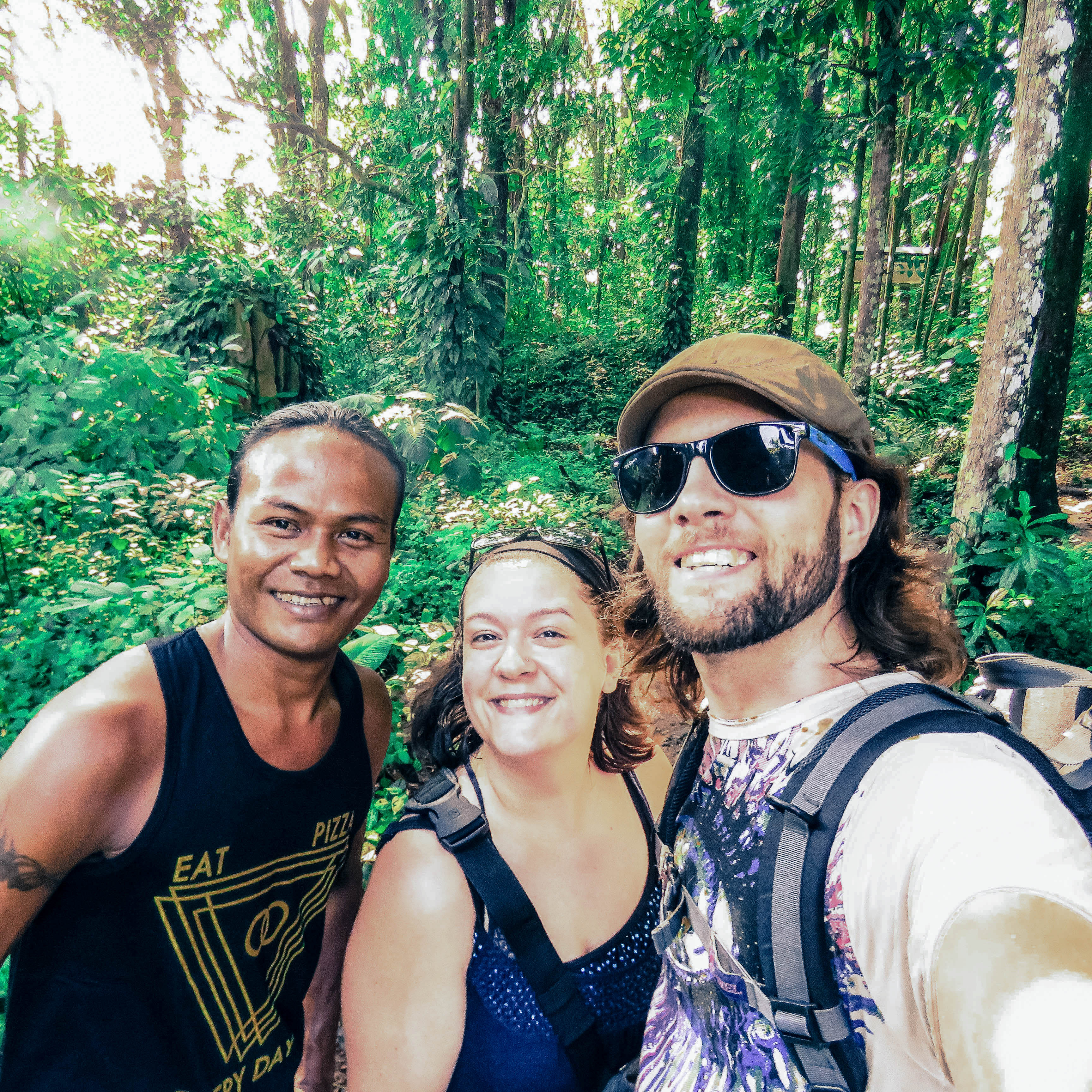
Similarly, Aceh province has a bit of a bad reputation, as its provincial government tries to enforce shariah law. There is a large group of fundamentalist Muslims in the area, and as a result, Indonesia makes news headlines with some of the things that happen there. The important thing to remember, however, is that Aceh does not represent all of Indonesia. Everyone we went in the rest of the country, we saw tolerance and friendliness.
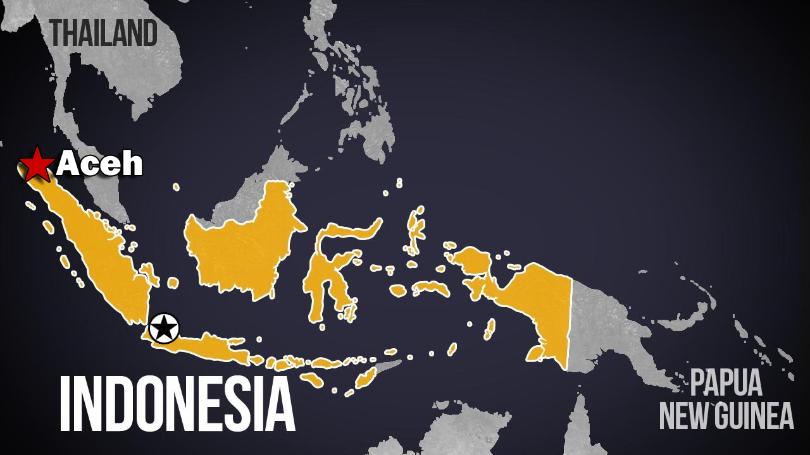
I was honestly very surprised by the diversity in Indonesia. Right from the moment we arrived in Sumatra, we saw it. On Samosir Island, you find Christianity and Batik culture. When you move to Bukit Lawang, you see more Islam. Jogjakarta is also primarily Muslim, but the world’s biggest Buddhist temple is nearby along with a very famous Hindu temple. Flores was Christian while Lombok and the Gili Islands had several mosques. There are all sorts of people in Indonesia, and contrary to some of the things I’ve read in the news, everyone seems to get along pretty well. They were polite and friendly not only with tourists…but also with each other.
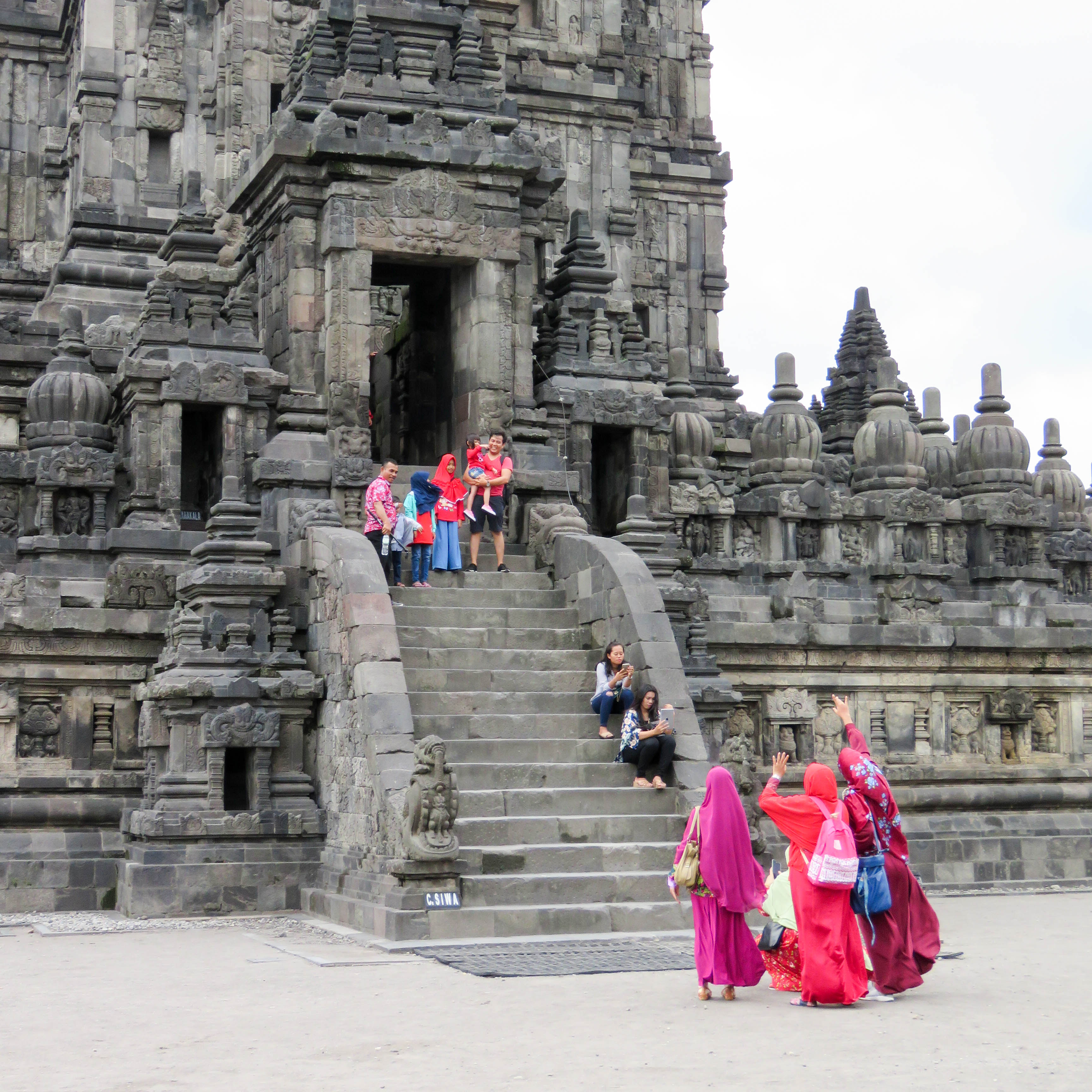
Ecotourism & Positive Tourism Experiences
Of course, ecotourism was a huge pull for me in Indonesia. All over the country, responsible tour operators are running businesses that encourage care for the environment and all the living things within those environments. With Bukit Lawang Jungle Trekking, we were able to experience Orangutans in their natural environment. In addition to learning about these beautiful primates, we also learned about the other flora and fauna in the area, and about what it’s like to grow up in Bukit Lawang. Getting to know Sardi and Jimmy was one of the absolute best parts of my time in Indonesia, and I feel good about having chosen Bukit Lawang Jungle Trekking for my tour, because I can see the difference they are trying to make their community better through a variety of initiatives.
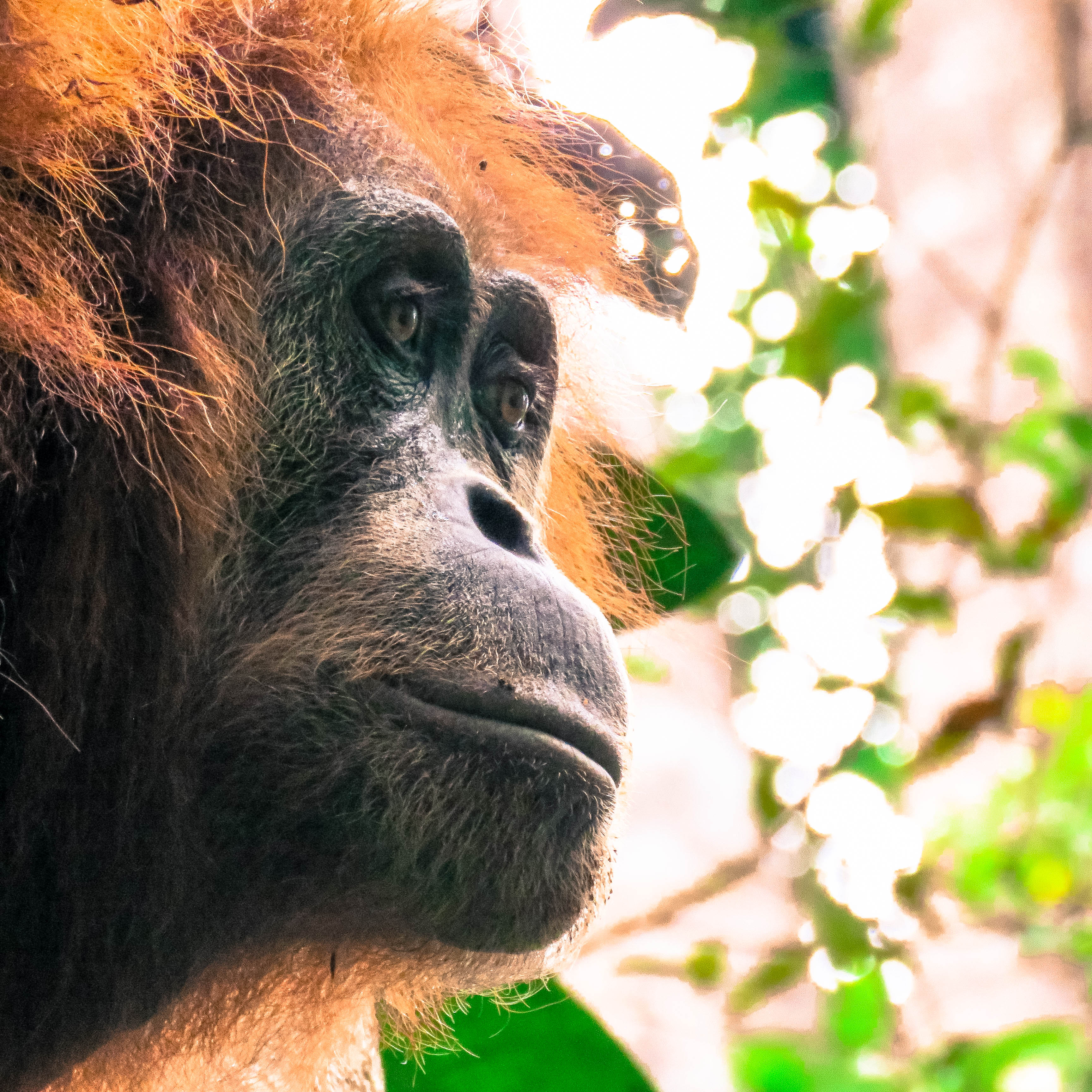
Similarly, when we decided to go Komodo National Park, we looked at many tour operators before choosing Flores XP Adventure. While we did have some problems with the boat they rented, overall, Komodo XP was an excellent Eco Tour operator. Archer was very knowledgeable about the marine life, as were the rest of the XP crew.
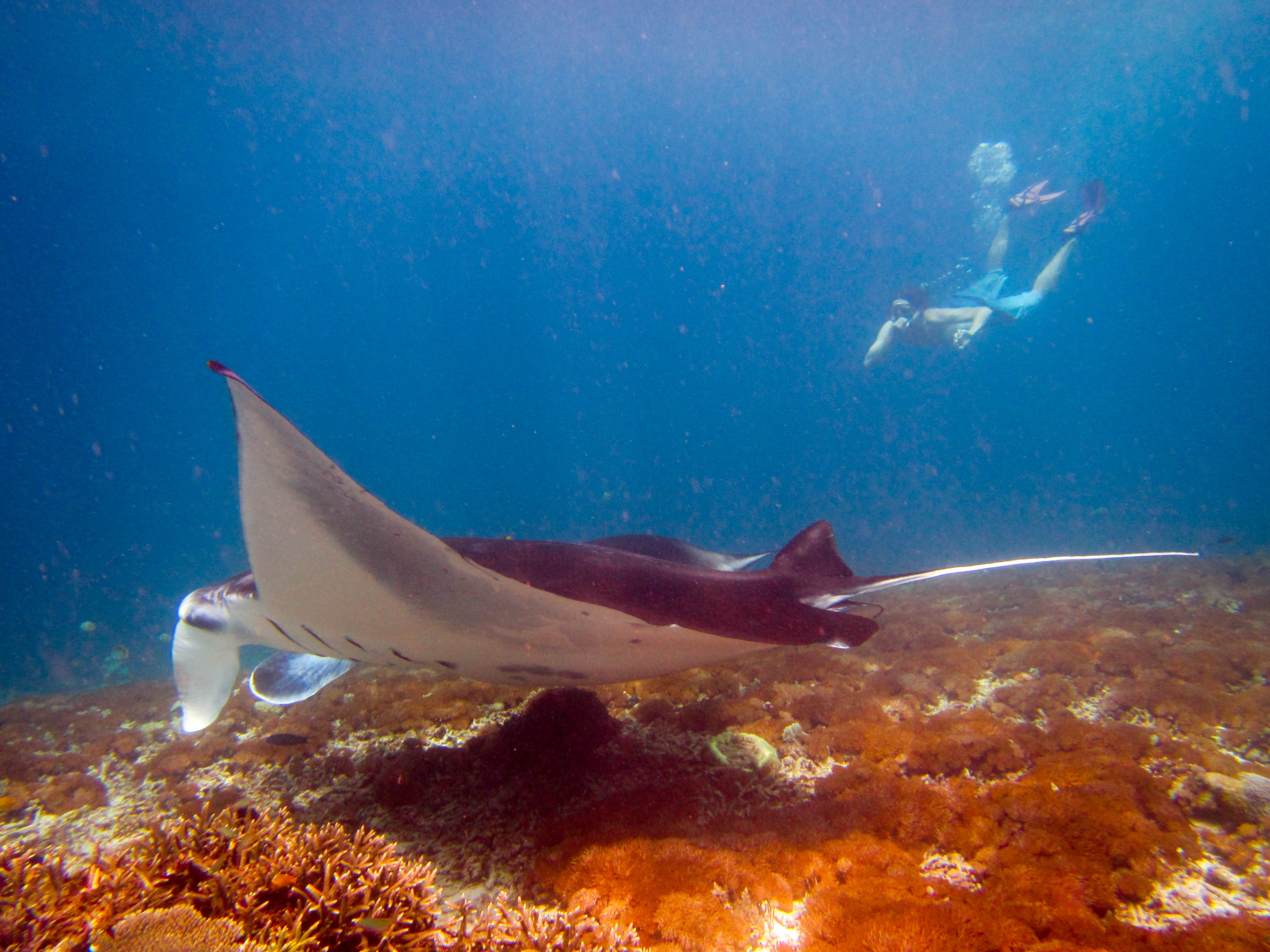
Most importantly, Flores XP takes ecological conservation seriously. No garbage was left on Padar Island when we left. Archer stopped the boating crew from fishing more than once (they were not part of the XP team, but had been hired out because the XP boats were in for maintenance.). I like that Archer and his team followed the laws that were set to help protect this incredibly bio diverse area.
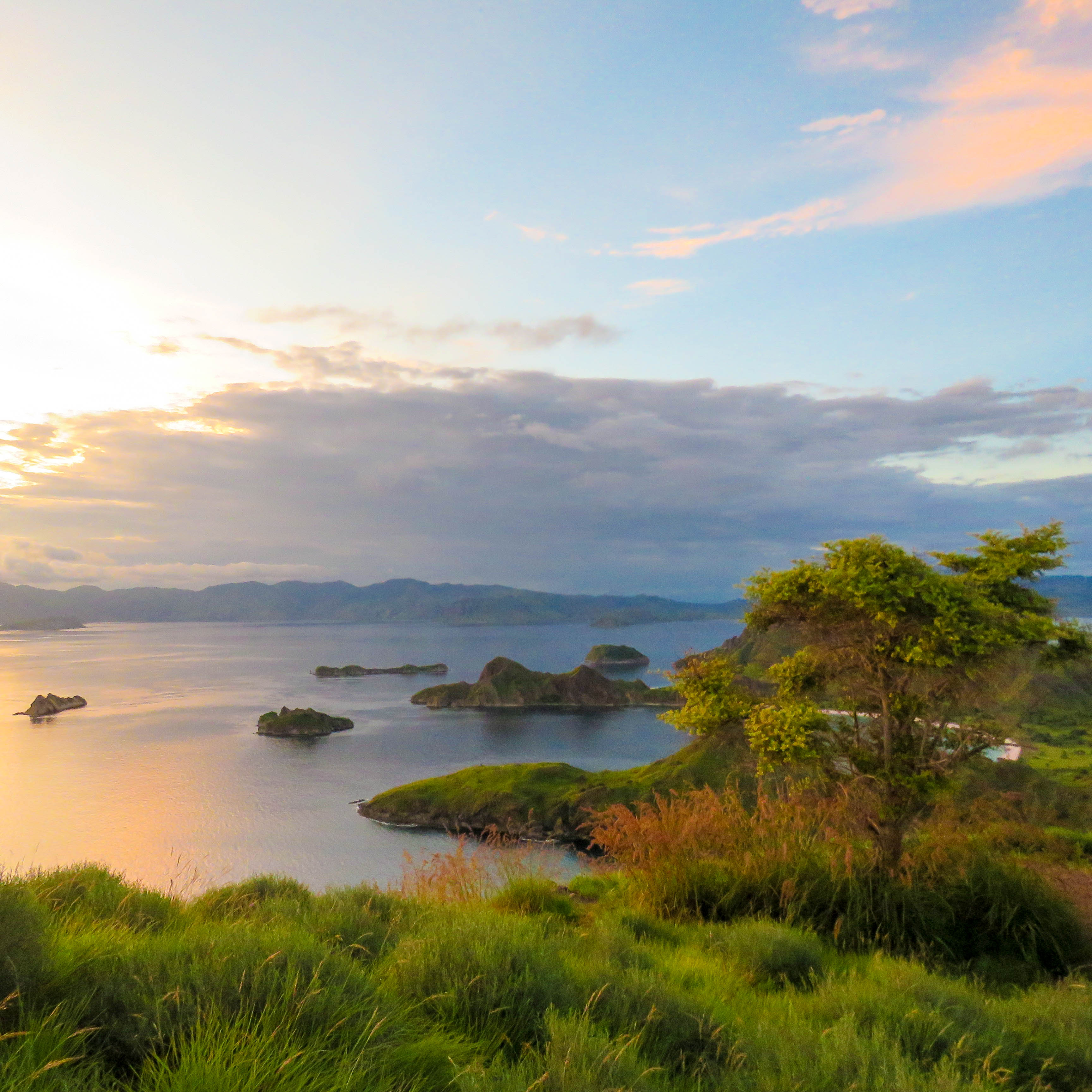
Even Jogjakarta was a good destination for good tourism practices. Our hotel was run by two of the nicest people I’ve ever met in my life. Similarly, the staff at ViaVia, a fair trade store Dave and I discovered, went above and beyond to make our experience a good one. The money spent for our time at the two temples on Java was also put to very good use. The restoration and protection of both Borobudur and Prambanan was evident and we felt good about spending a bit more to be a part of preserving the culture on Java island.
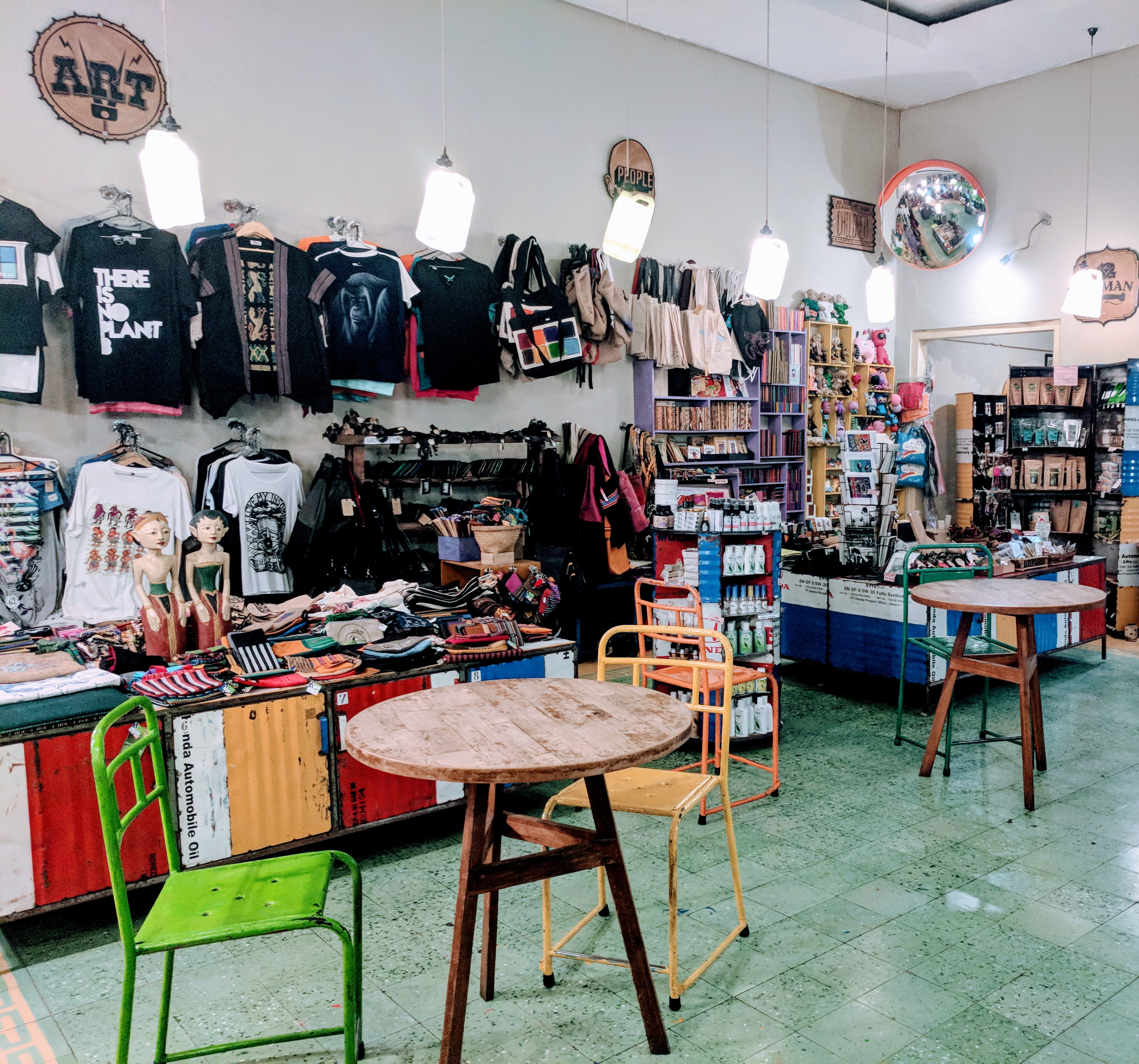
The People
Which leads me to the #1 reason why I loved Indonesia so much.
If you ask most people who travel extensively, they’ll tell you that it always takes a day or two to get a handle on what things are suppose to cost. Currencies are different from country to country, after all, something that costs $2 in Canada, might cost 5000vnd in Vietnam.

Foreigners are also charged extra in many places, to the point where the practice has been dubbed ‘the foreigner tax’. When you combine that tax with a new currency, it’s a recipe for scams and rip offs. So, when we arrived in Sumatra, and everyone kept charging us 3500rp for water, we just assumed the real price was 2000.

It took us a few days, but soon we realized that the prices we were being given, were legitimate. People in Indonesia simply charged us the cost of the water, without additional fees. It wasn’t long before we realized that even when vendors did bring up their prices a little bit for us in the market, it was never outrageous. We simply weren’t ripped off in Indonesia.
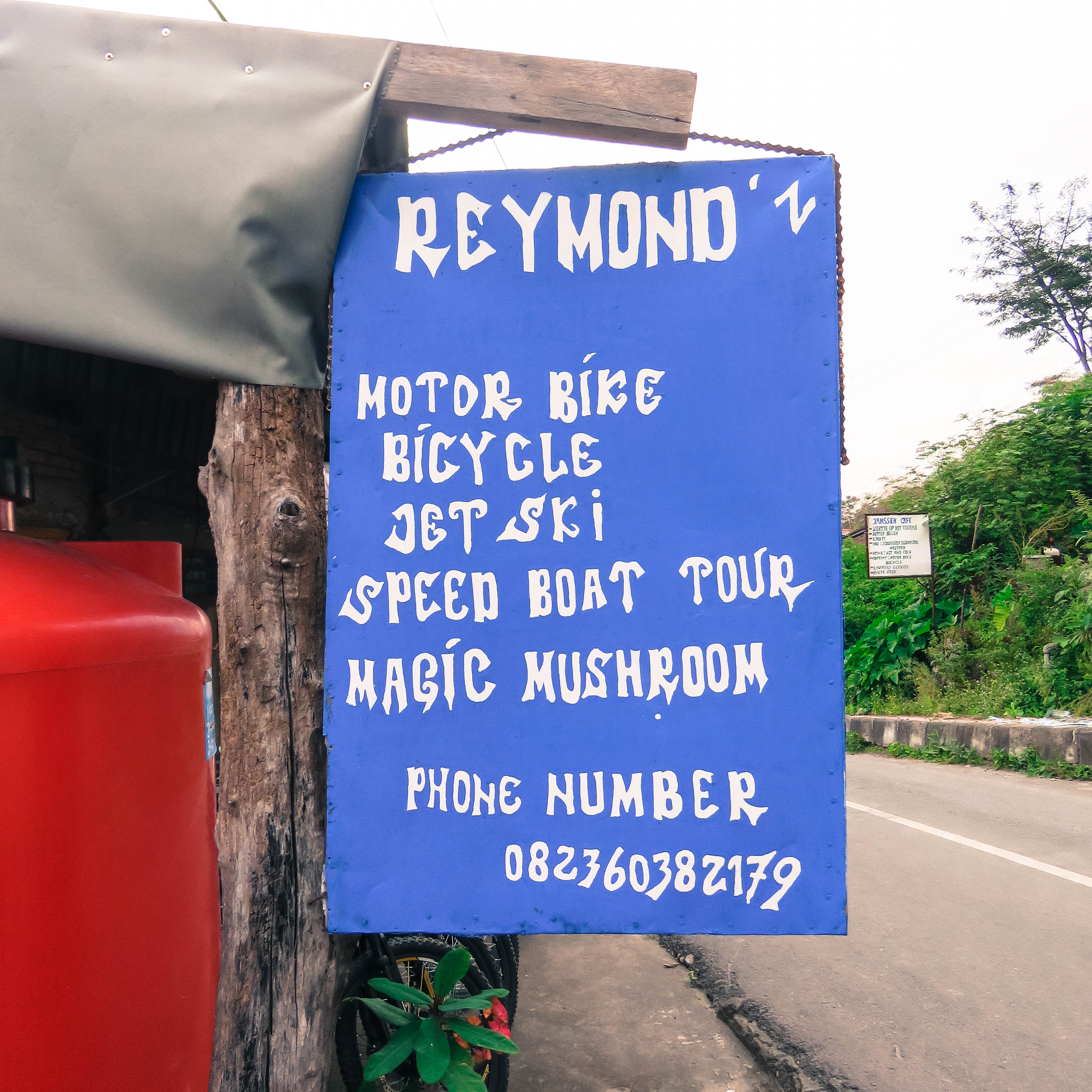
But the honesty we saw in Indonesia wasn’t even the thing that made our interactions with locals so good. What I loved most about the people in Indonesia was how incredibly welcoming and warm they were. Everywhere we went we were greeted and welcomed by locals. Every now and then someone would want a picture of us, but usually, they were happy just to say hello.
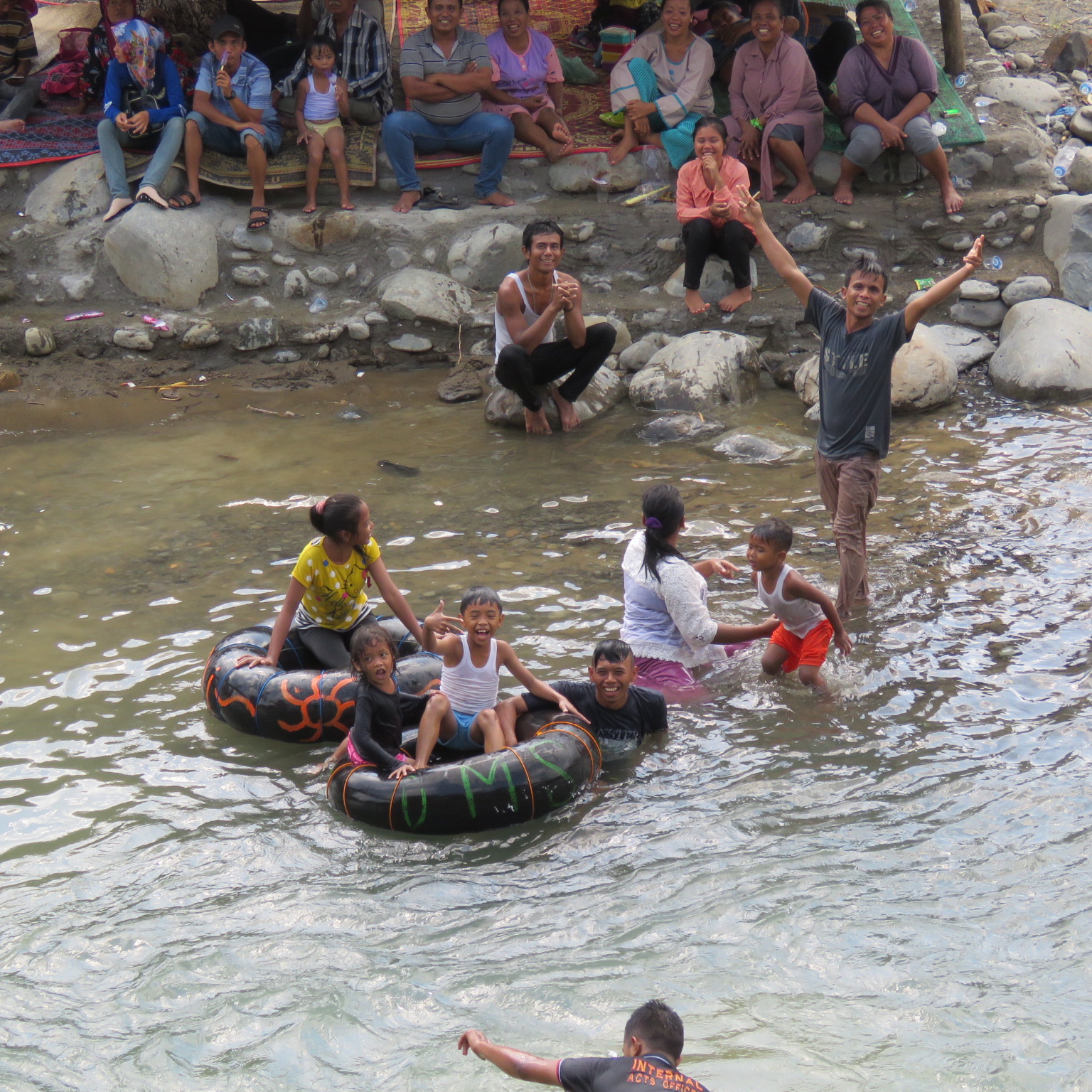
The Negatives
Of course, no country is perfect. There were some things about Indonesia that I wasn’t crazy about. Their coffee, for example, was a bit disappointing. Although some of my favourite beans come from Sumatra, coffee culture within the country is not what I expected.

More importantly, while Sumatra, Jogjakarta and Lombok were full of honest and friendly people, The Gili Islands and Labuan Bajo were actually a bit disappointing. In Labuan Bajo (the capital of Flores island), the service industry is very lacking. We honestly felt that we weren’t wanted at our hotel. The employees were often absent, or sitting around, talking with friends, and any time we tried to order food or drinks, we were told they were out. Worst of all, the Wifi at the hotel wasn’t working (and Dave had a deadline to meet), although it was working everywhere else on the island. When I asked about it, I was told that I ‘should have gone to Bali’.

Gili T is well set up for tourists, but there, you encounter the ‘foreign tax’ that didn’t exist elsewhere in the country. The people were nice, but we were paying 3-4x more to do basically anything on Gili Trawangon.

A perfect example of this was when I sent my post cards in Lombok. I had people dropping what they were doing to help me put stamps on all the post cards. We chatted and laughed together and raced to see who could finish first. When I tried to buy stamps on Gili T, the guy at the post office tried to tell me that the stamps were 4x the price I knew they should cost.
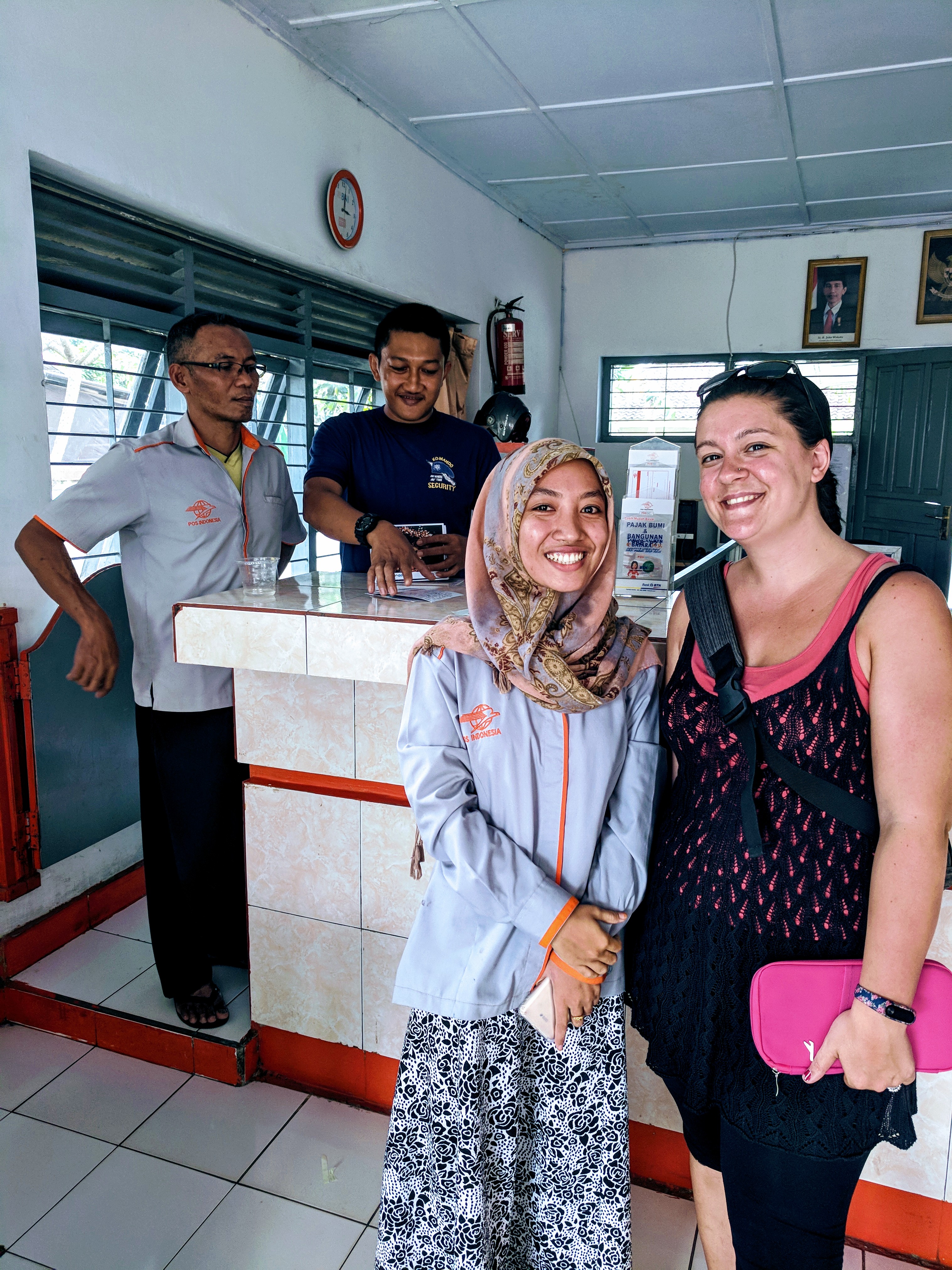
To Summarize
One last thing that is worth mentioning, is that this was MY perfect trip. I love wildlife. I love ecotourism. I love culture and I love adventure. I also don’t mind getting dirty or being cut off of the internet now and then. Bukit Lawang was what some people might consider ‘rugged’ and a lot of work. That was very much part of the appeal for me. If you like staying in a 5 star resort with a saltwater pool and a swim up bar, Sumatra might not be the best place for you, and perhaps Bali is a better option.
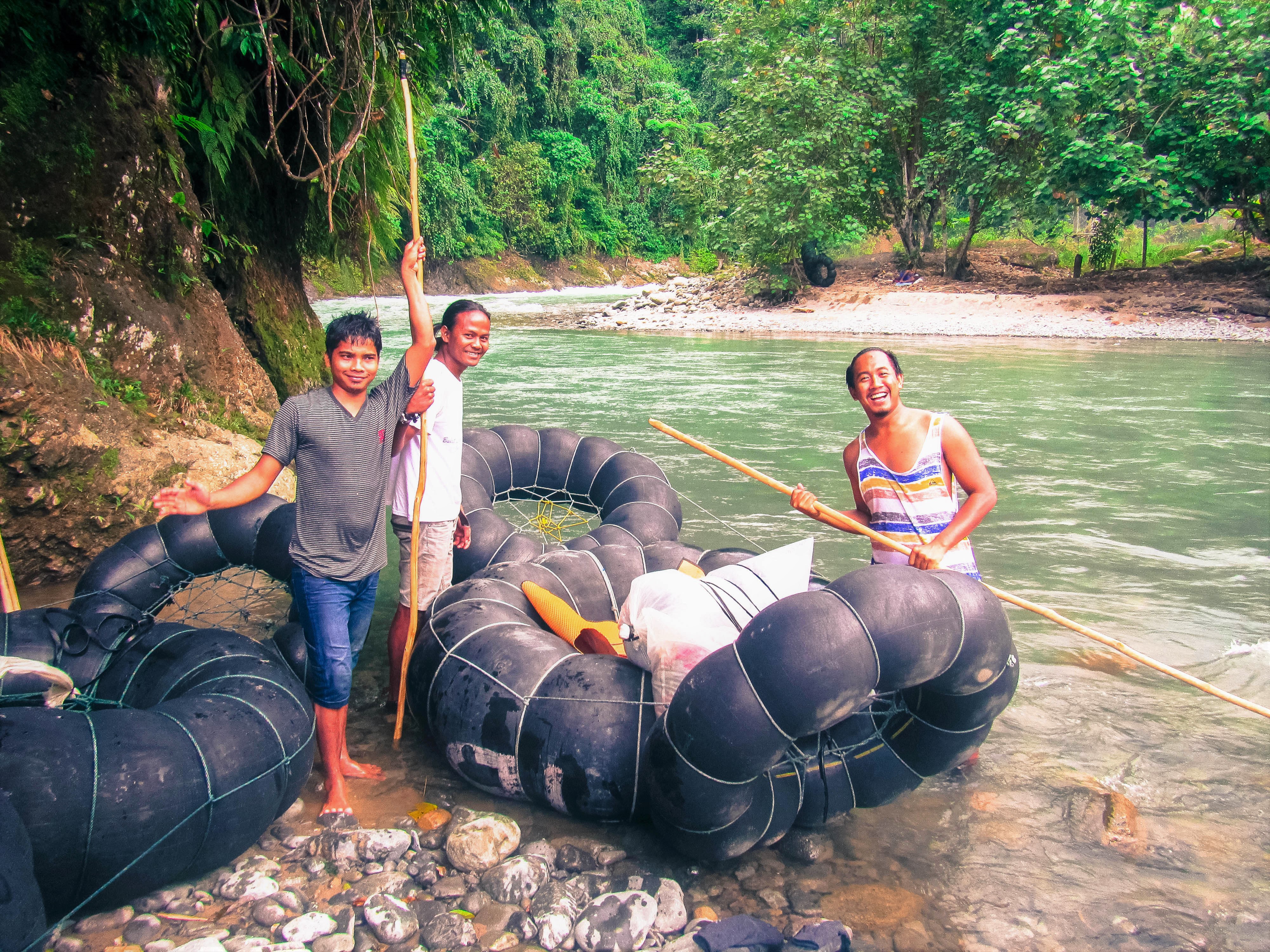
The way you travel will also affect your experiences in the country. I’ve heard from many people that taking long distance buses in Indonesia is a nightmare. Dave and I opted to pay a bit more and fly for time’s sake. We also rent motorbikes whenever possible so paying taxis and taking public transit was never really necessary. These are all things that can impact your holiday.
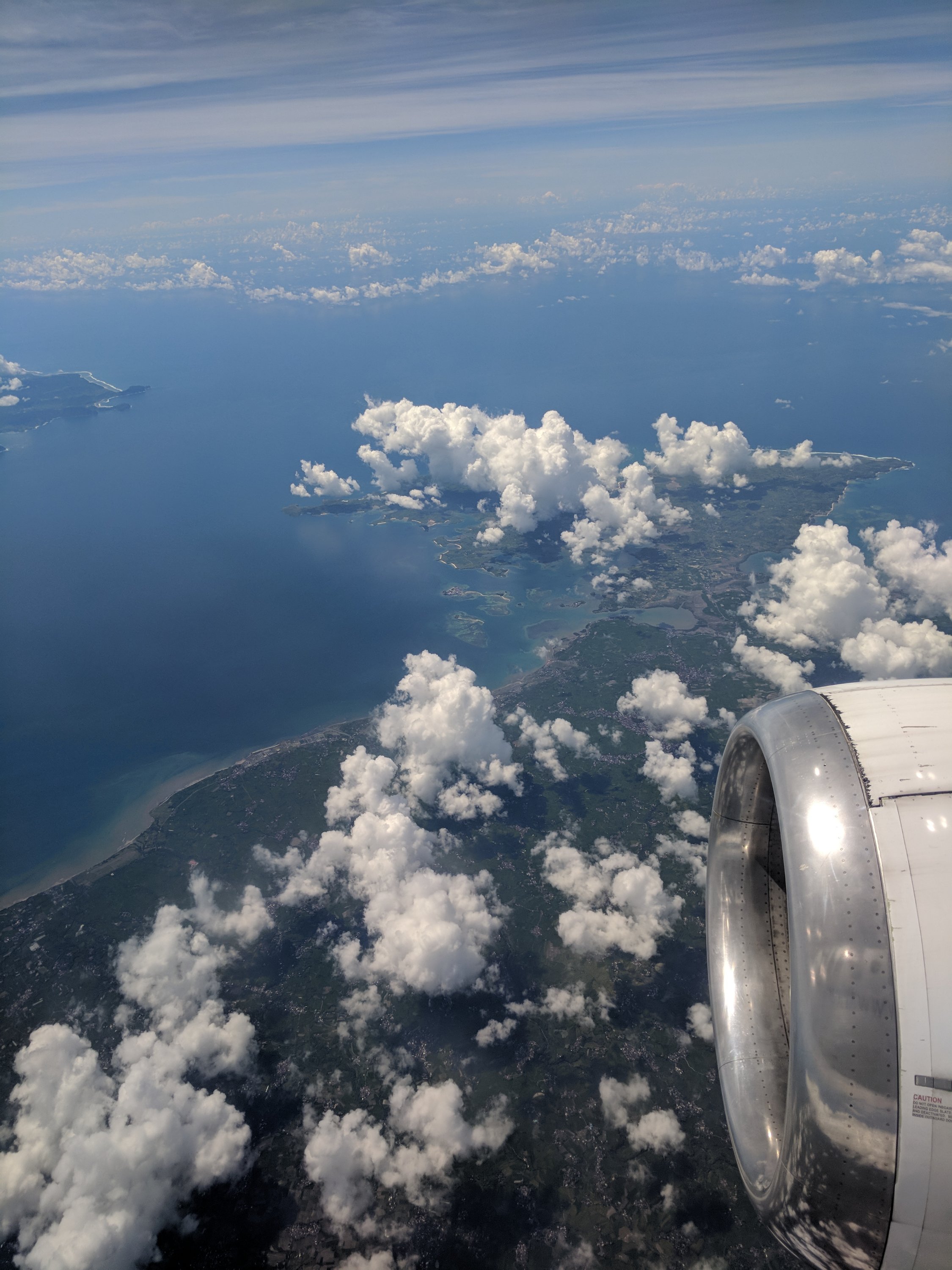
So, should you go to Indonesia?
Yes….Because from Bali to Bajo, there’s something for everyone!




